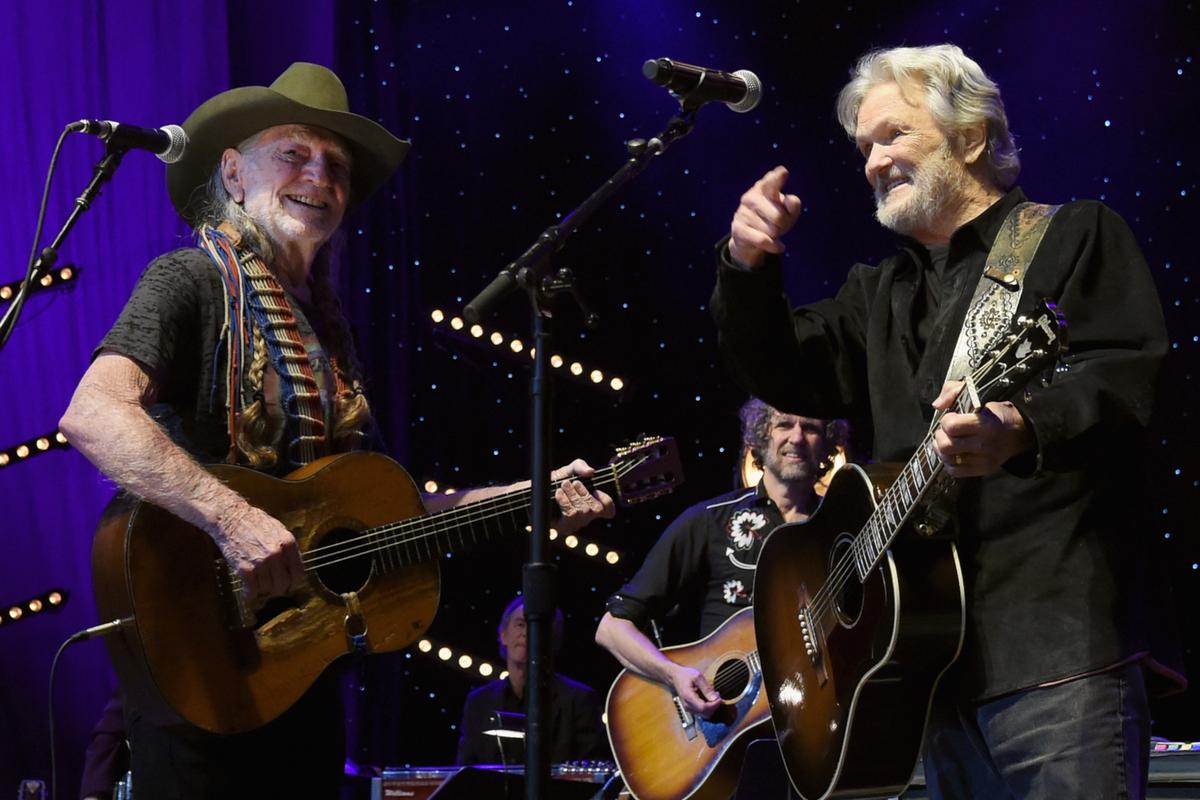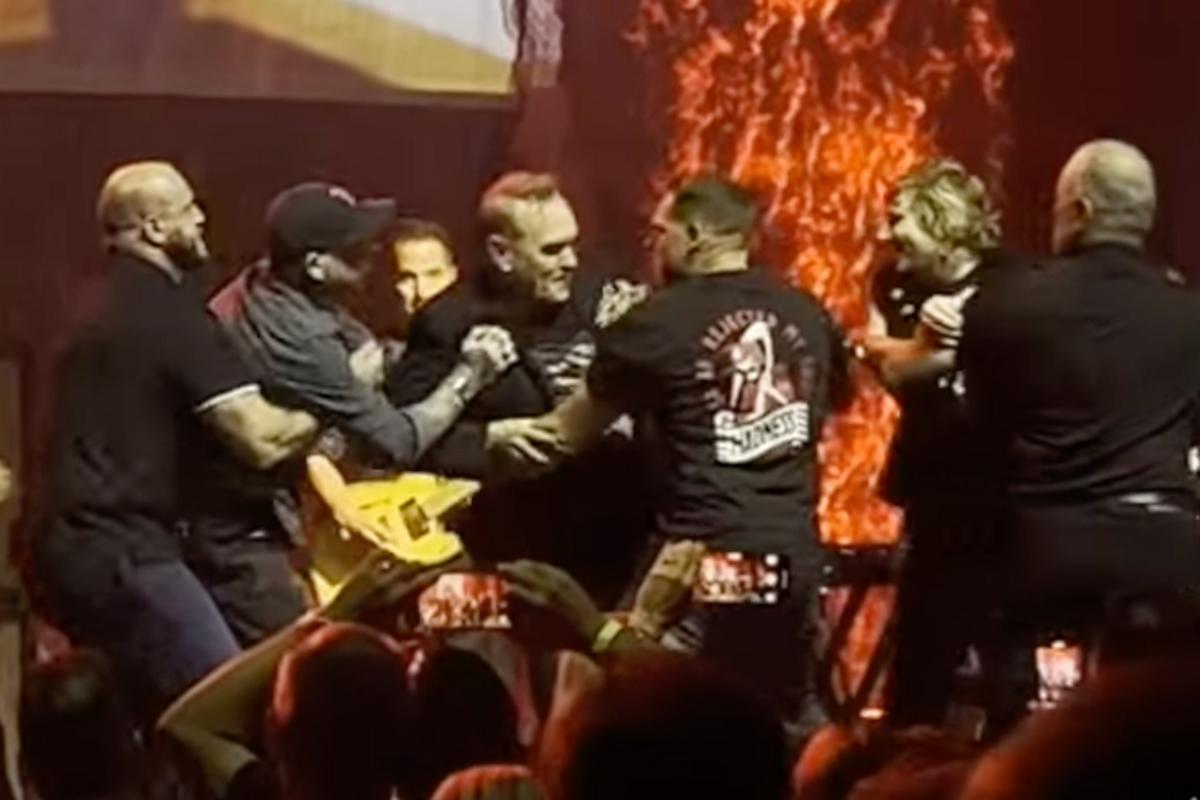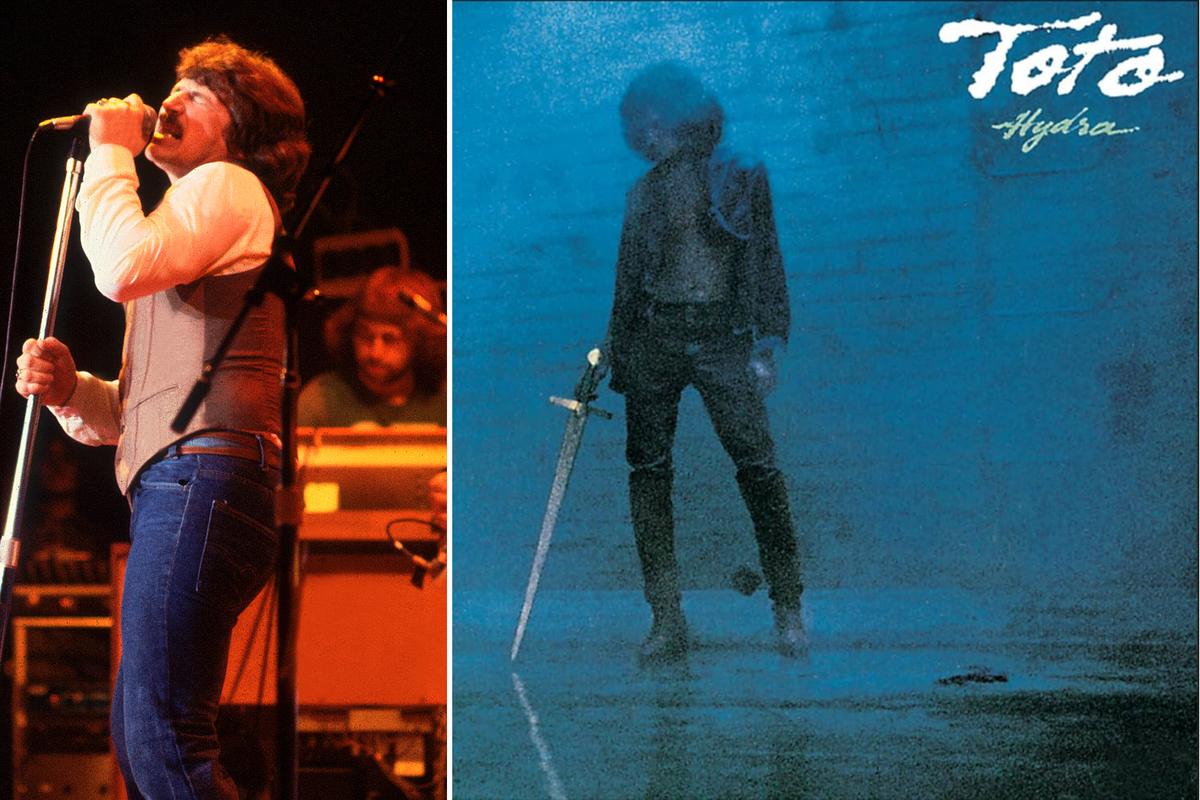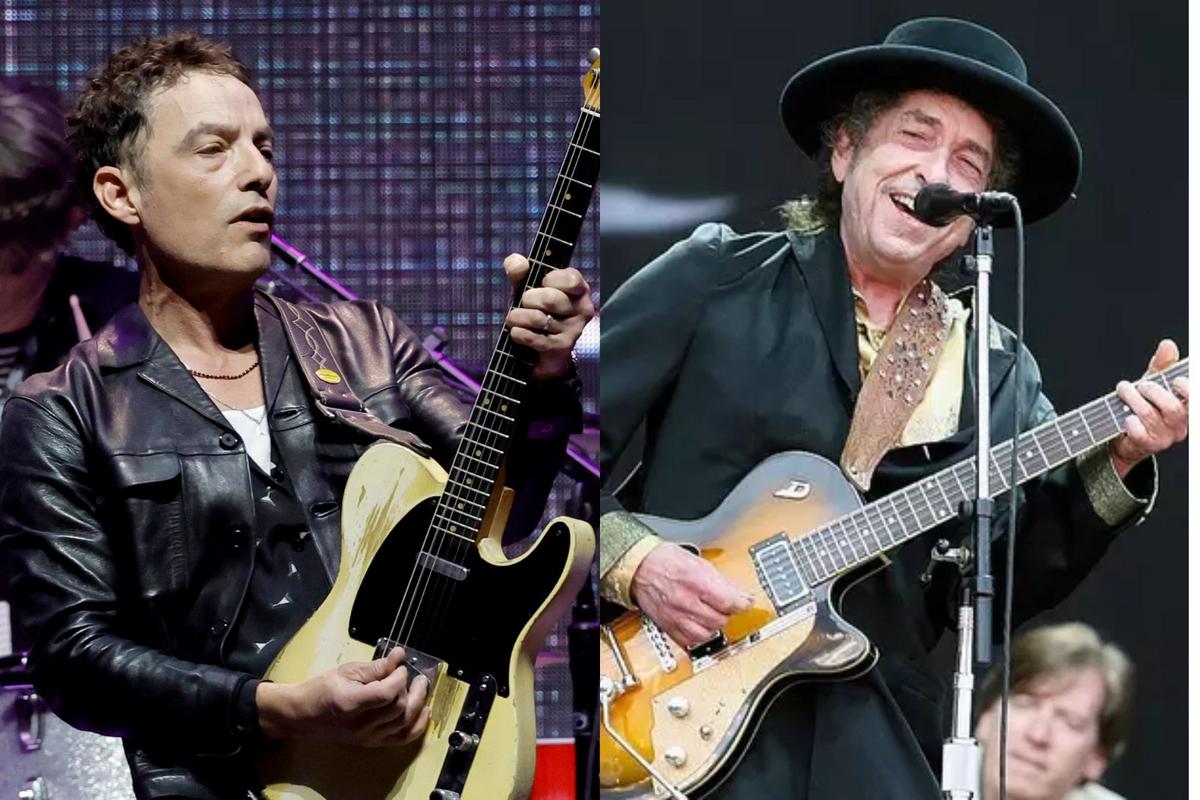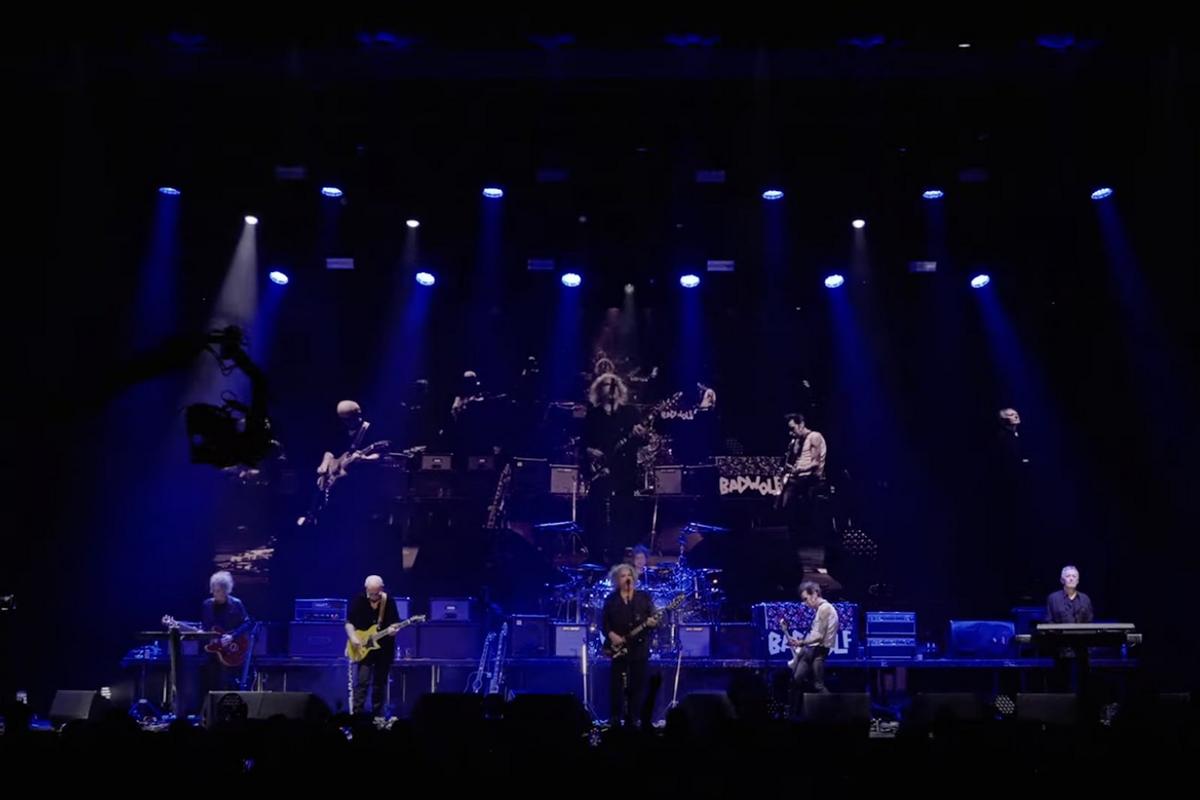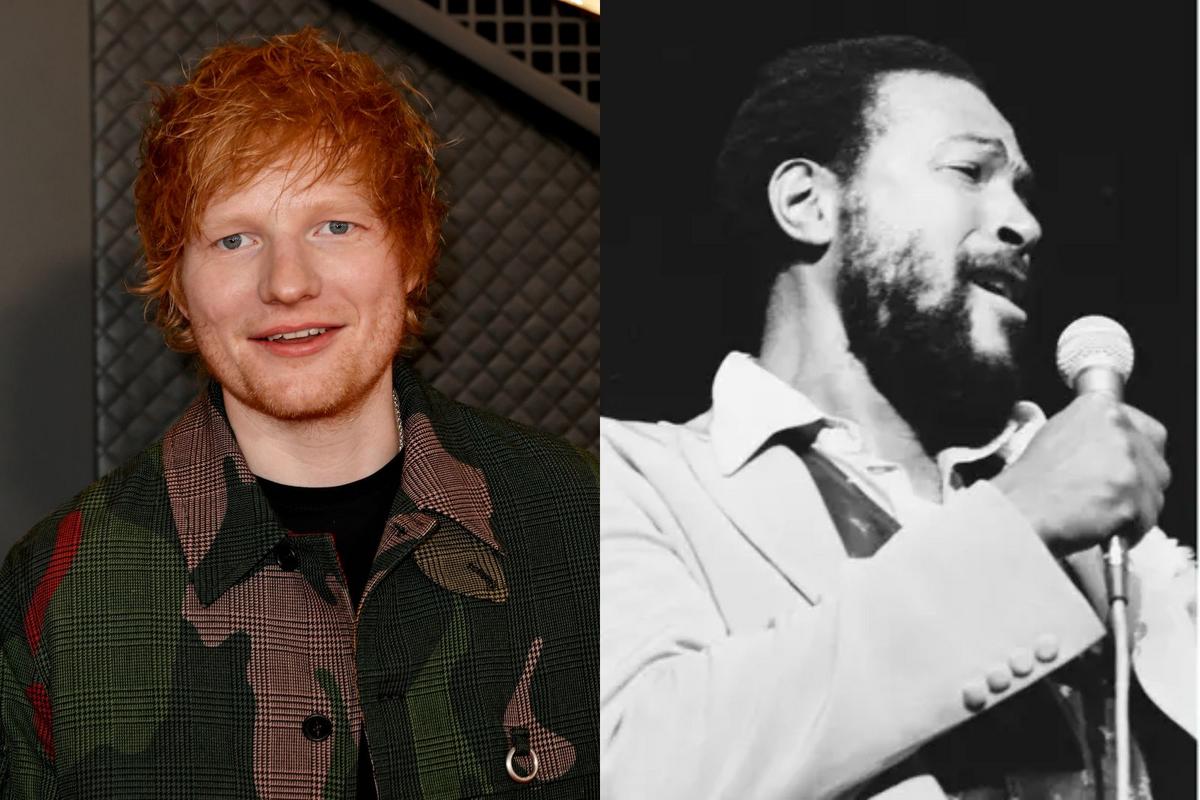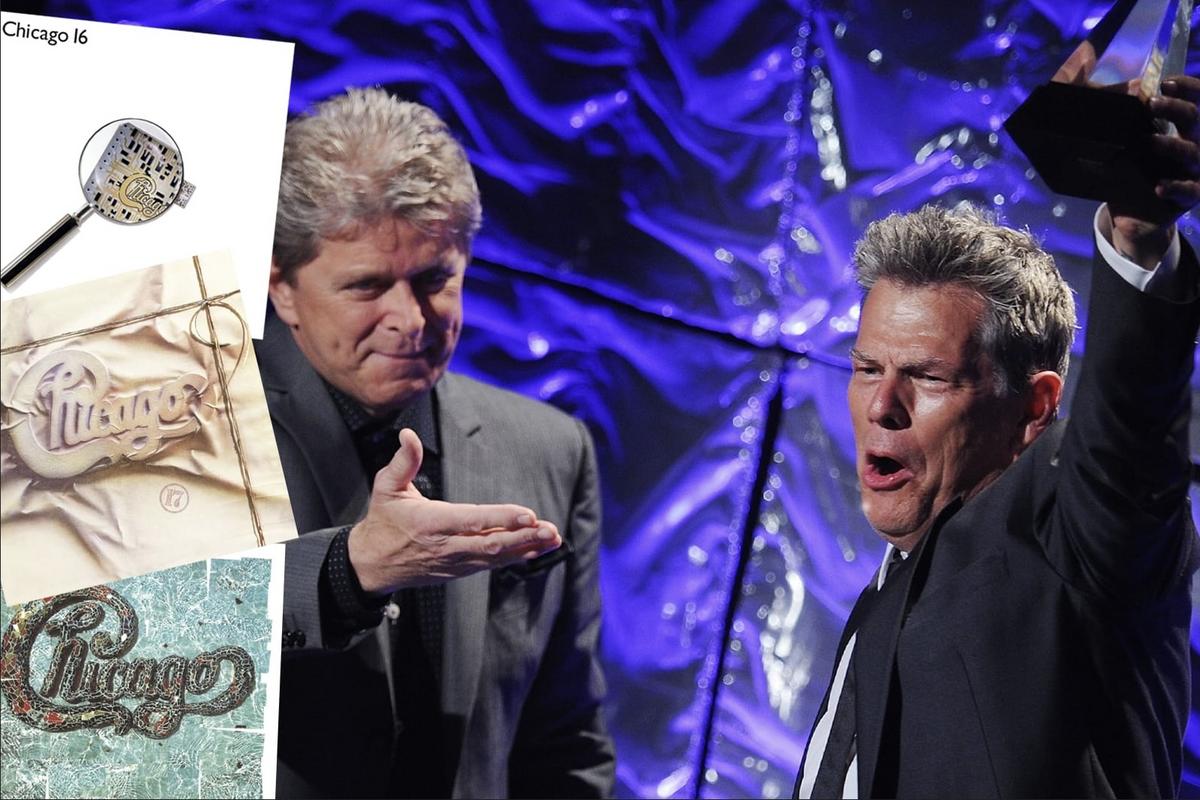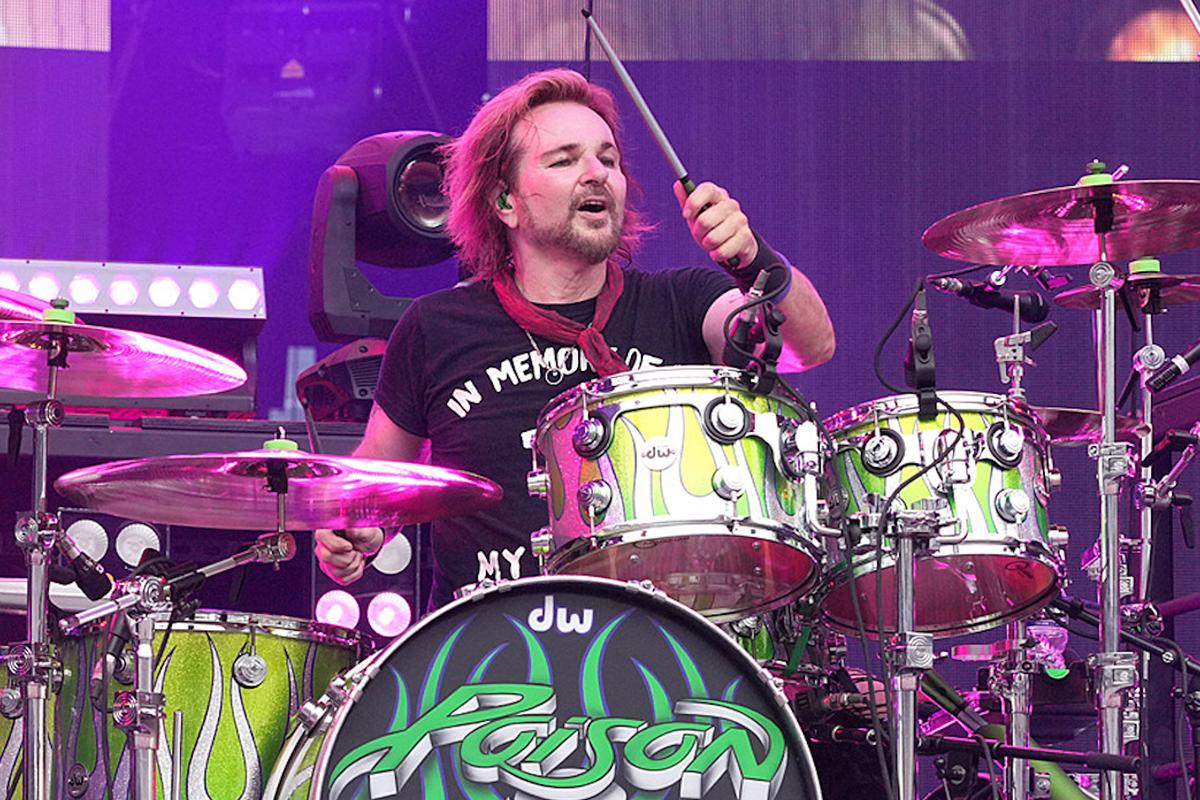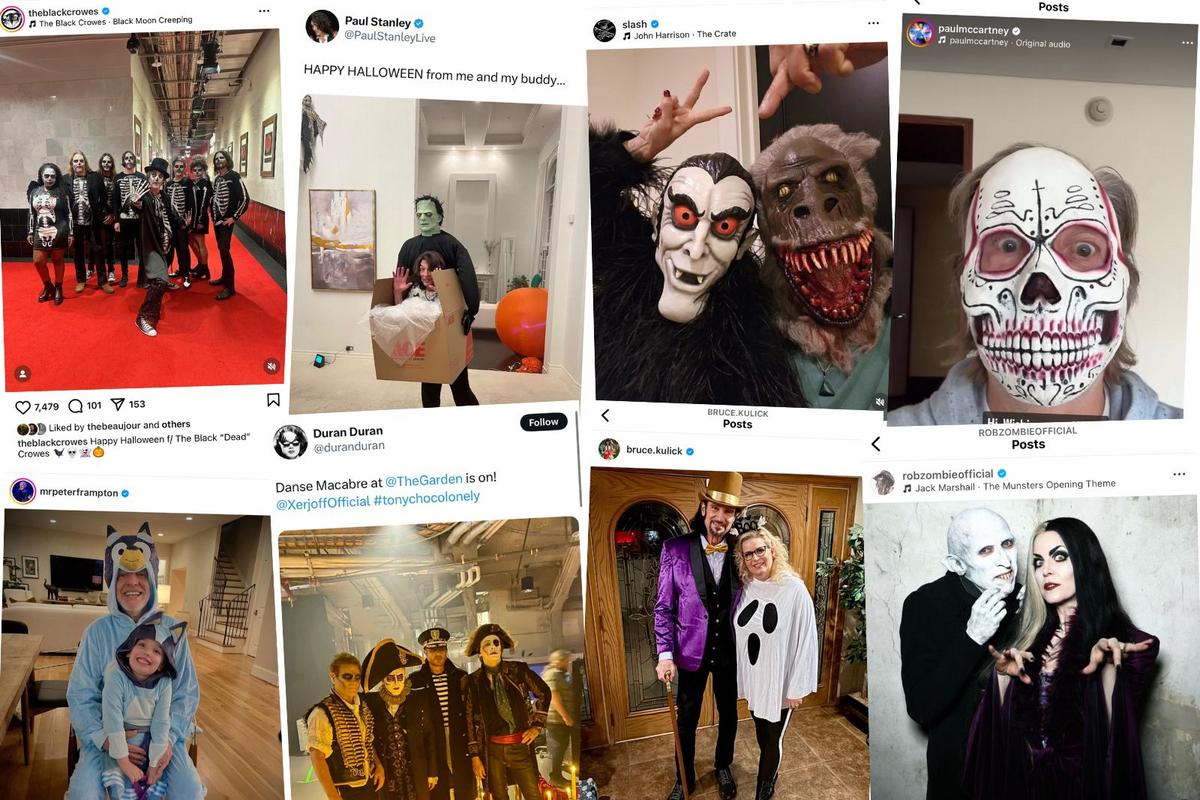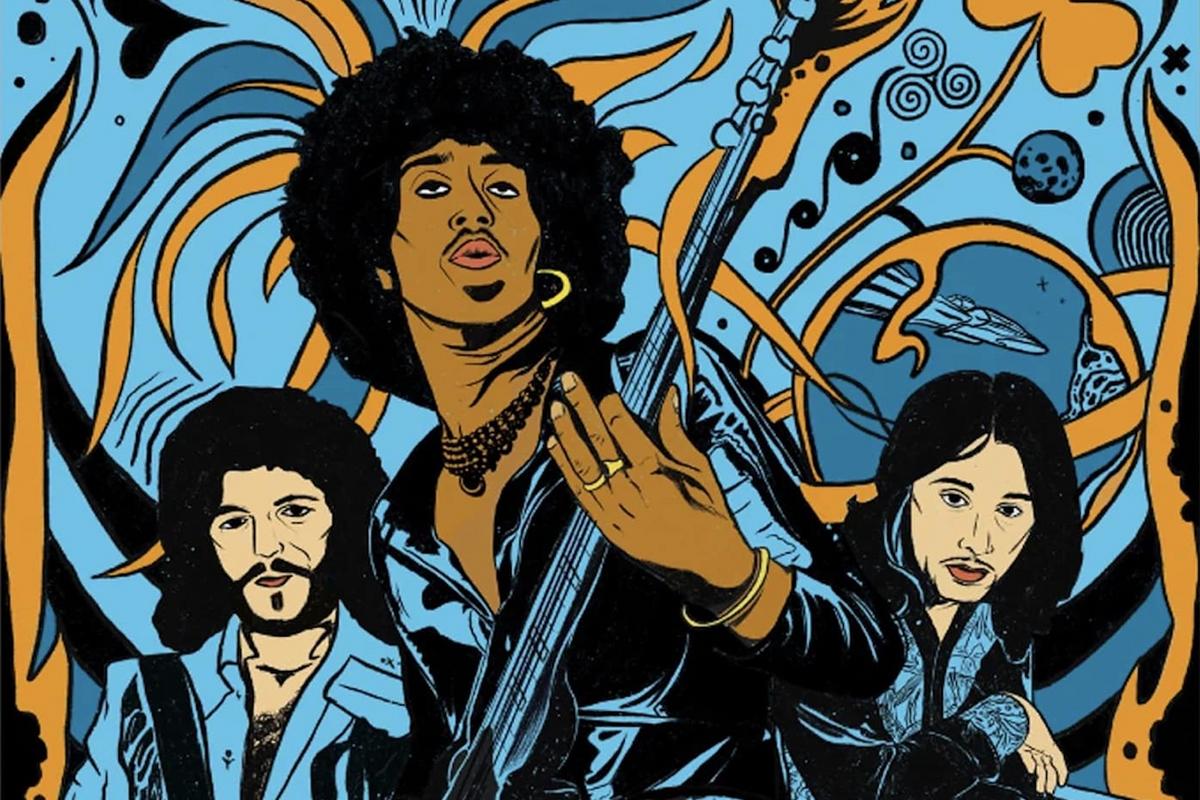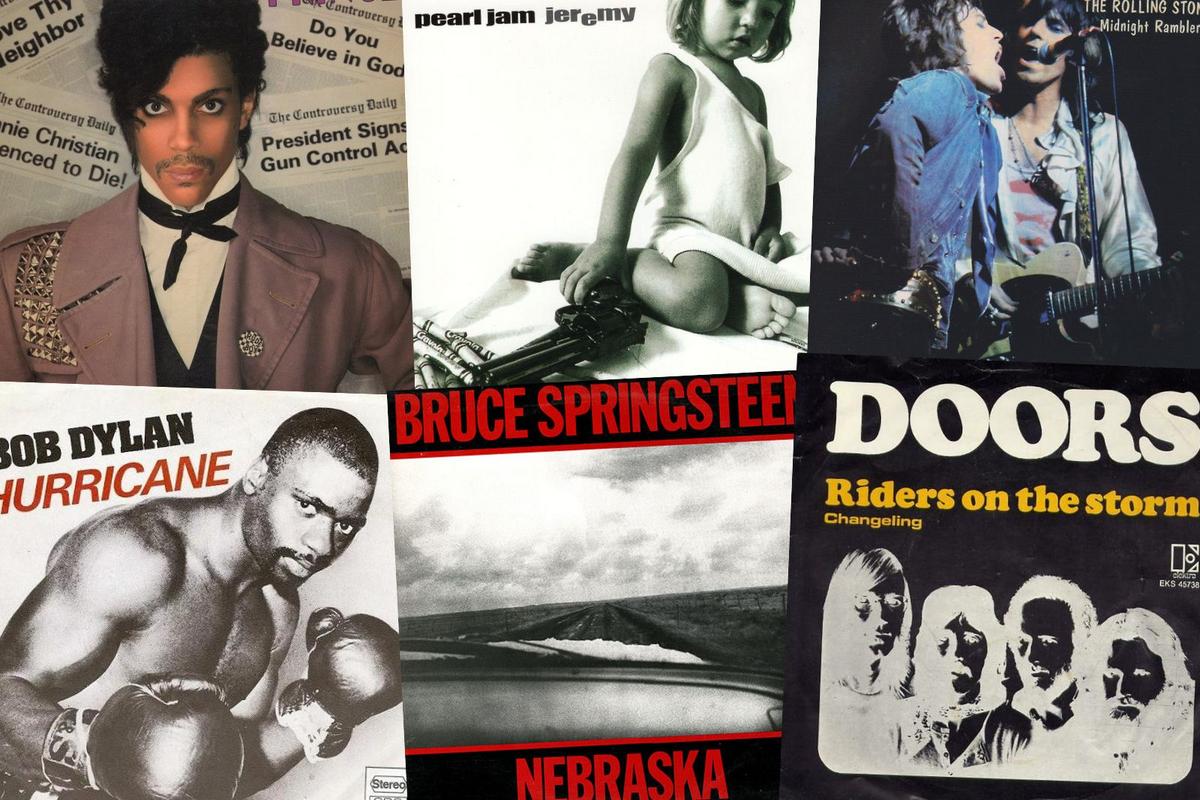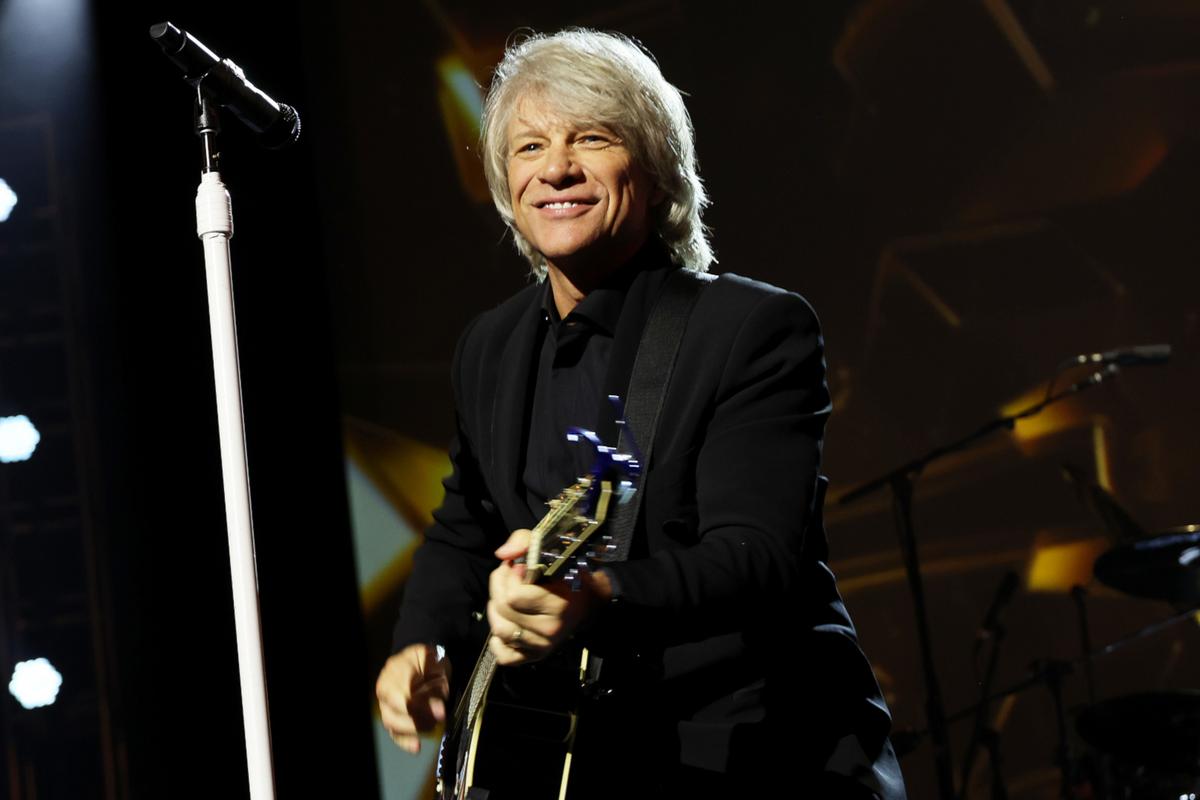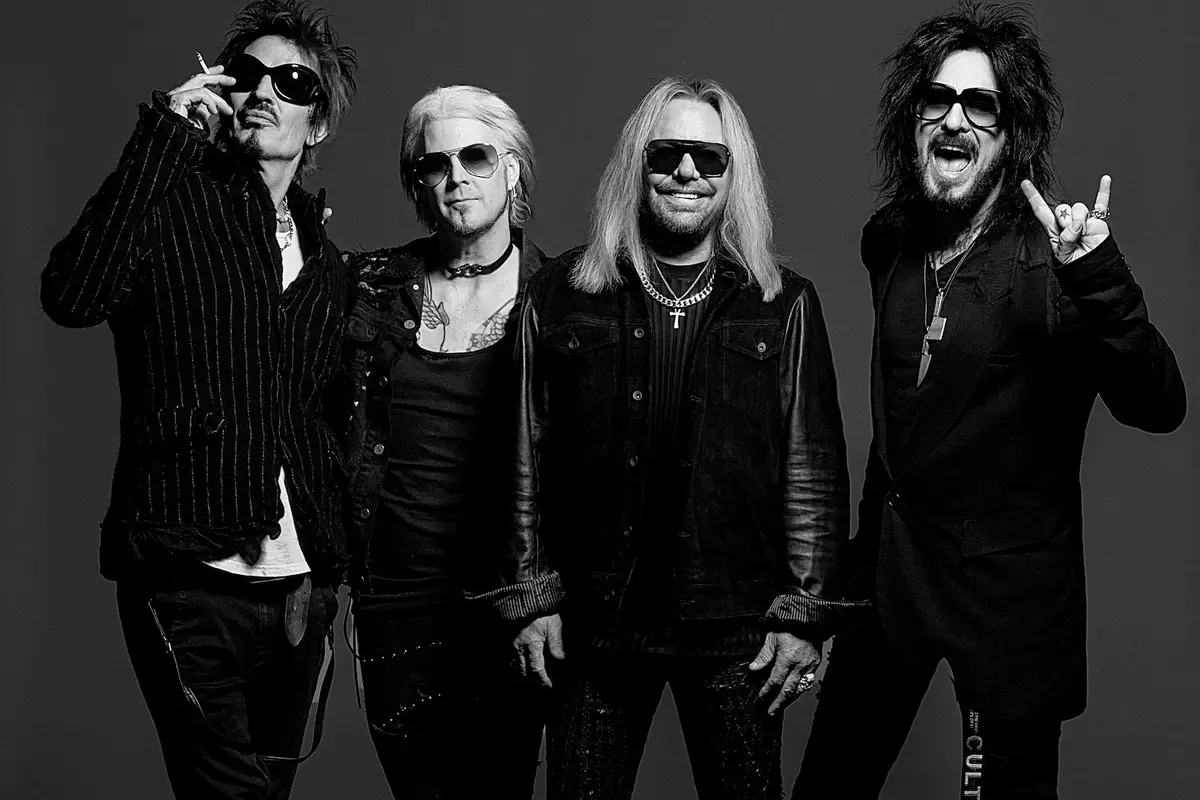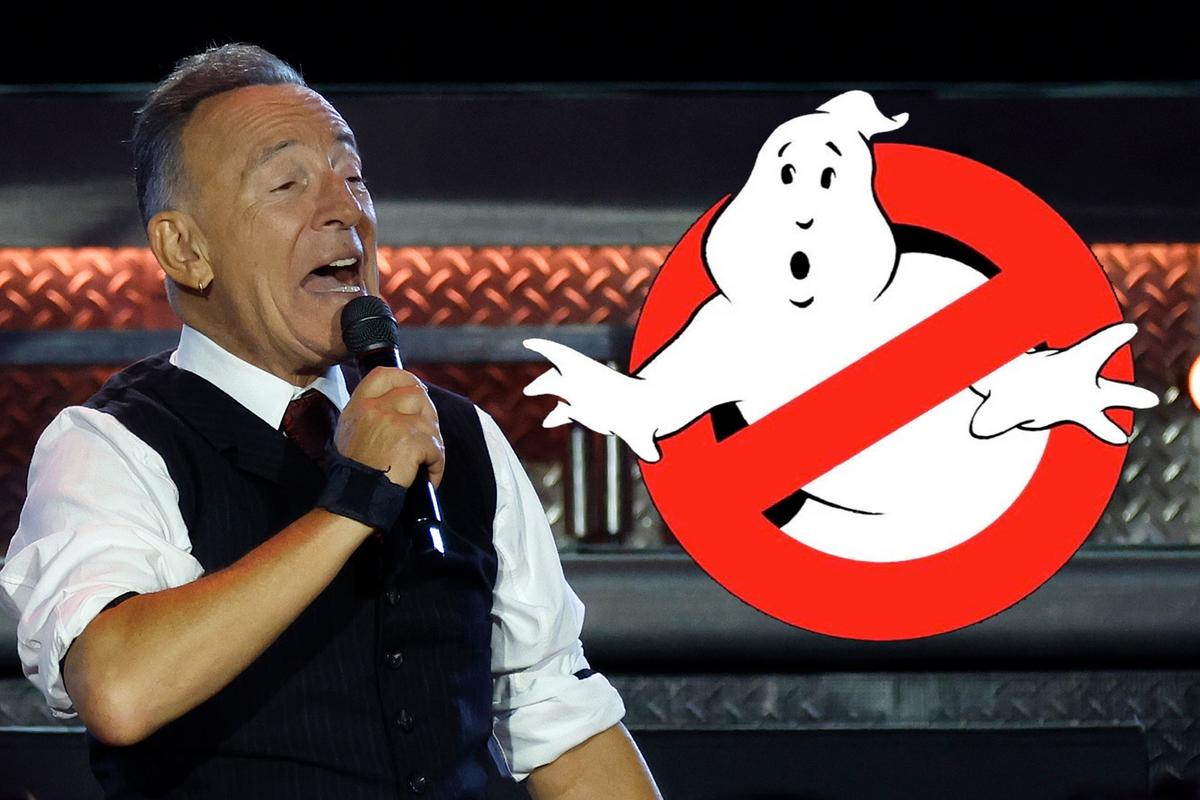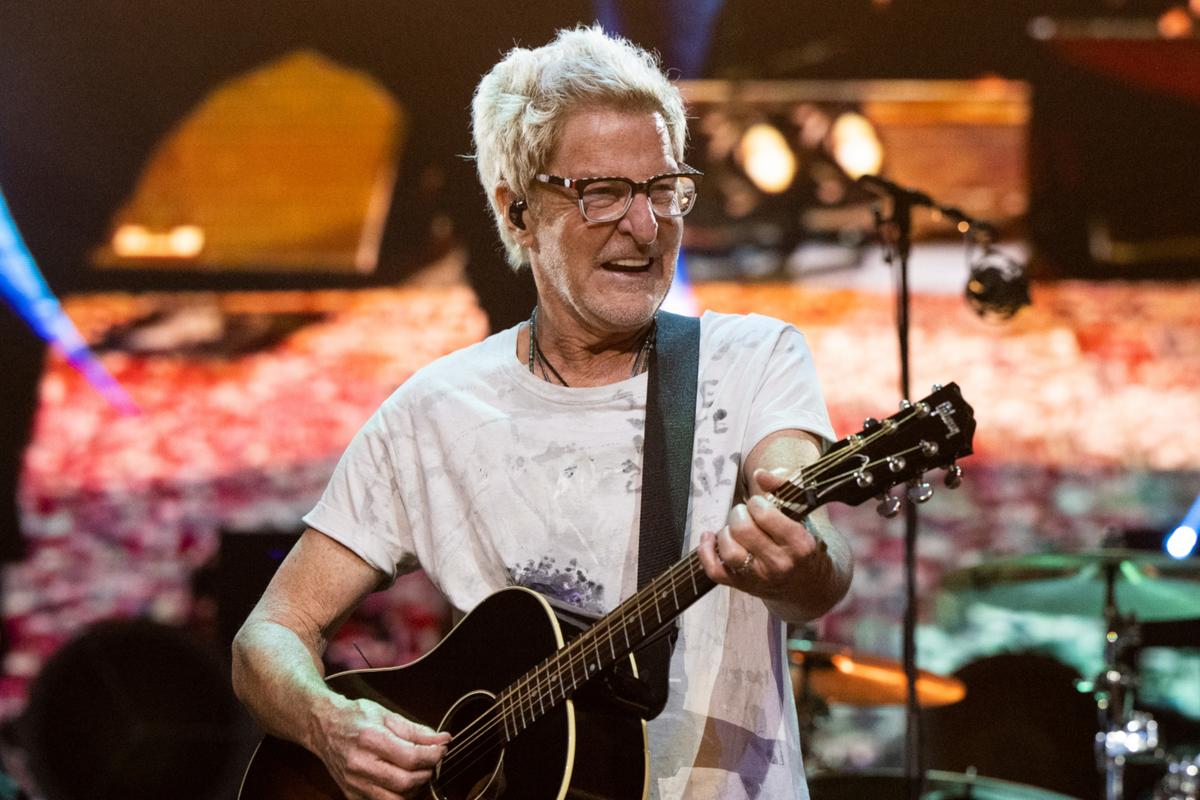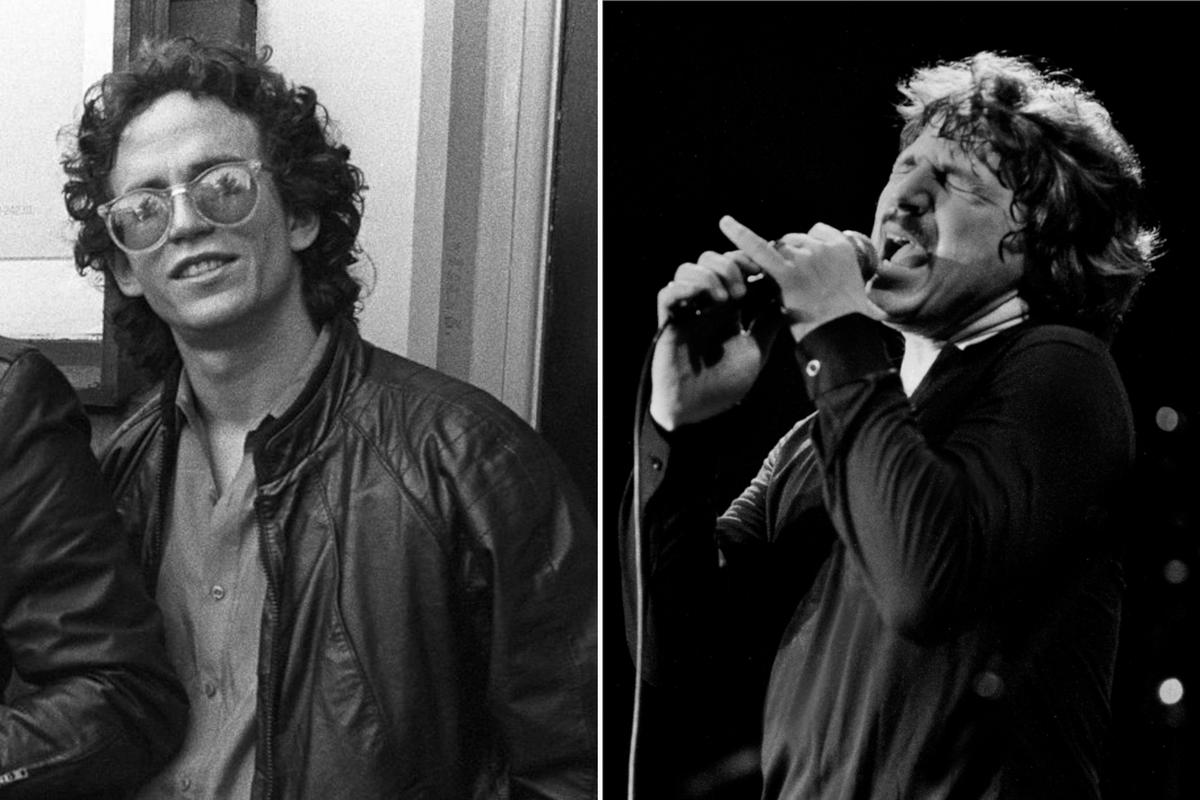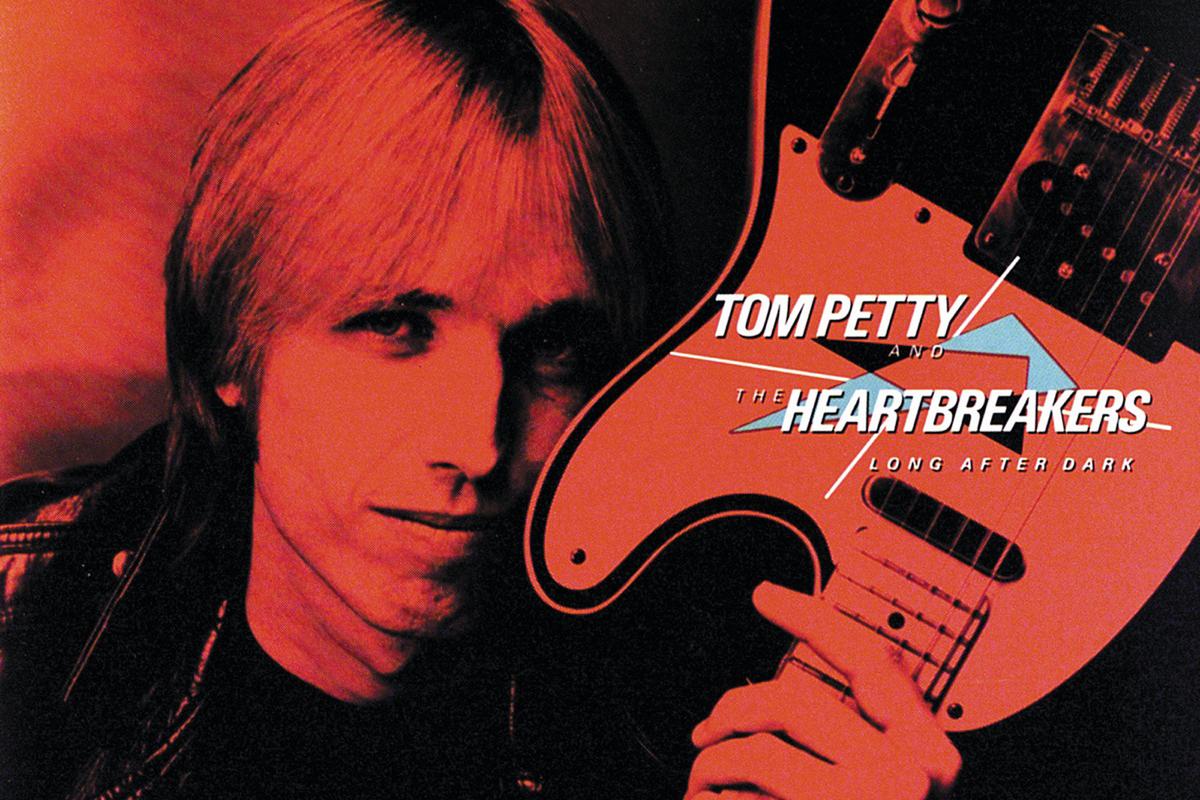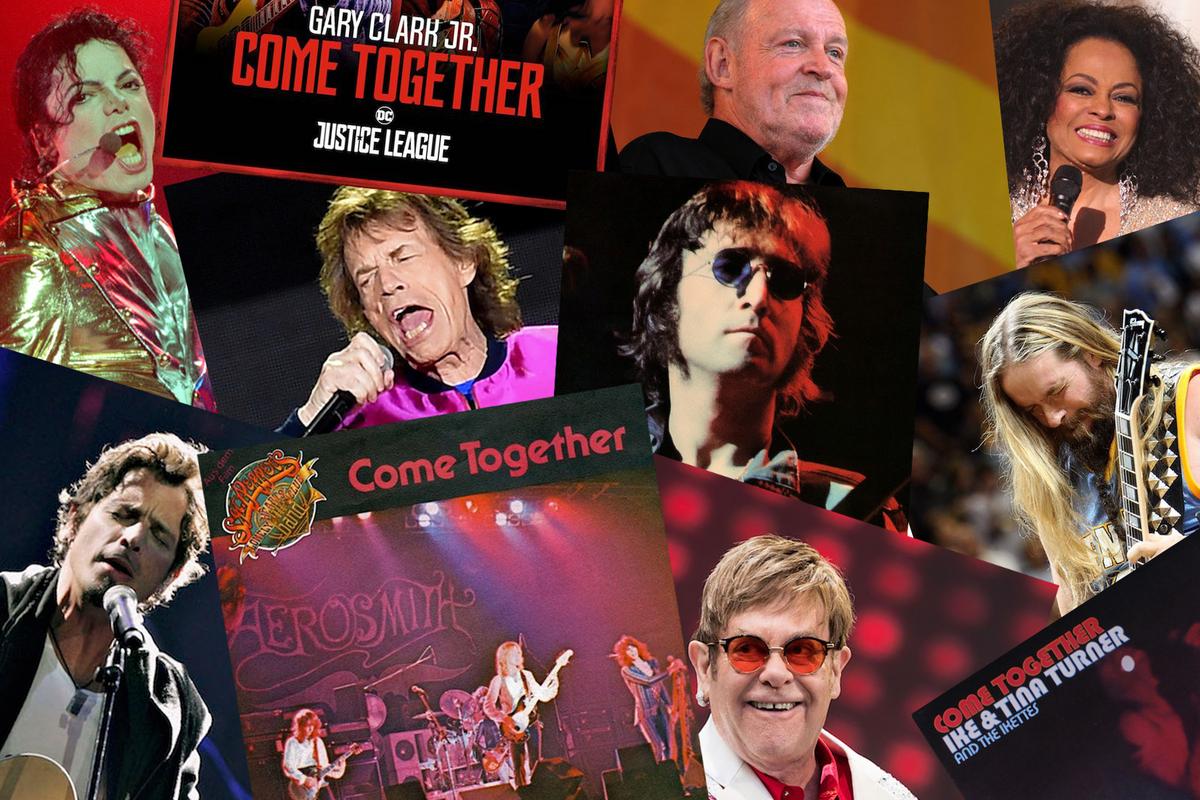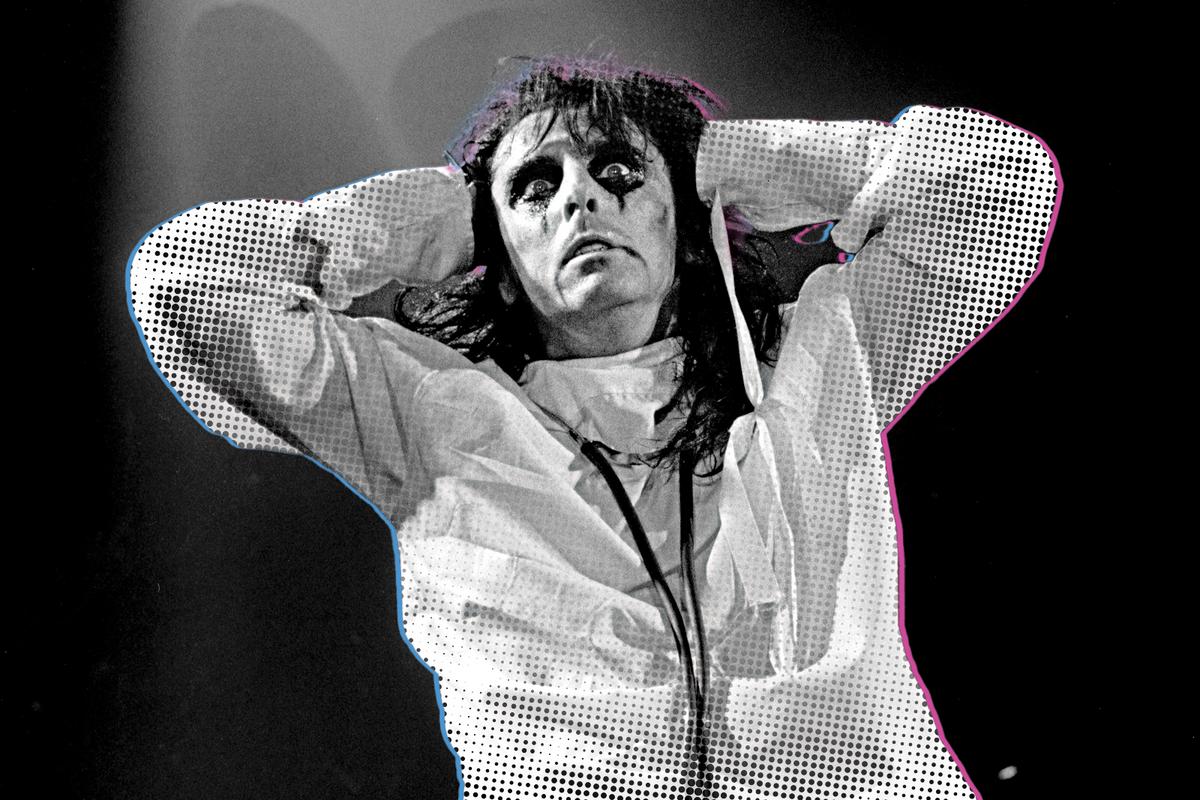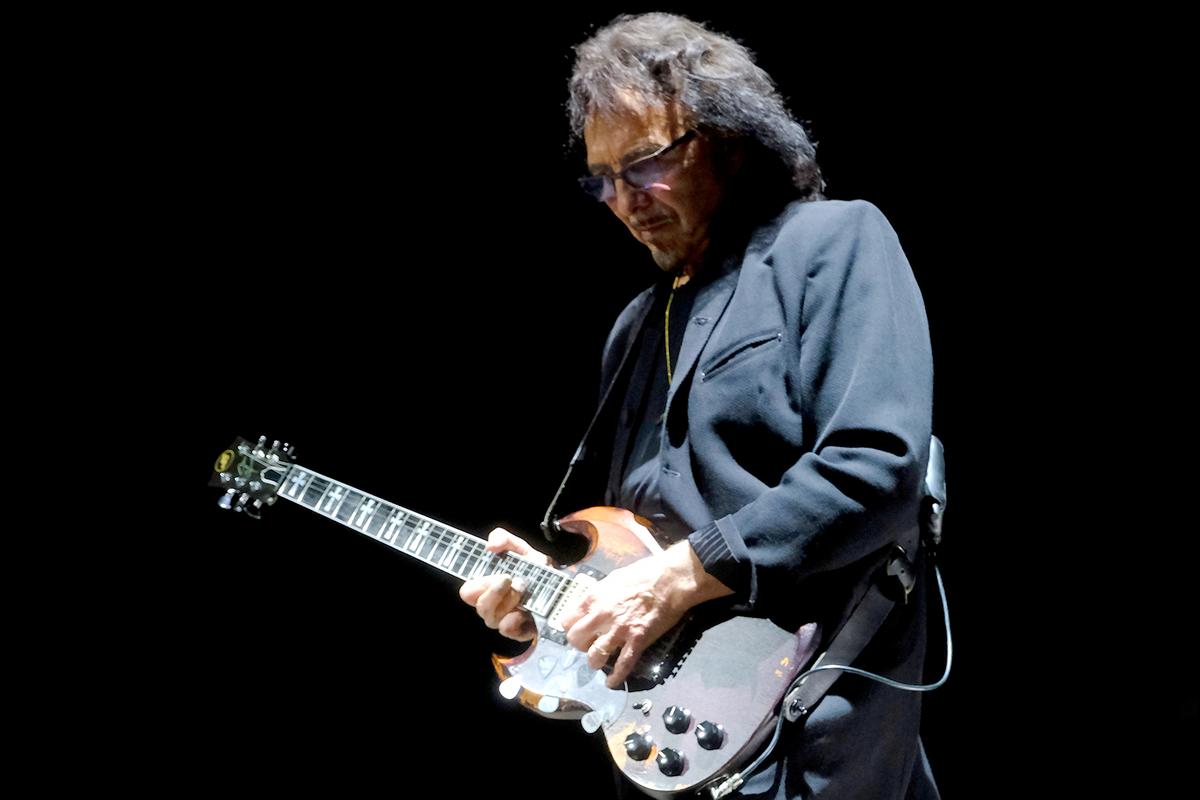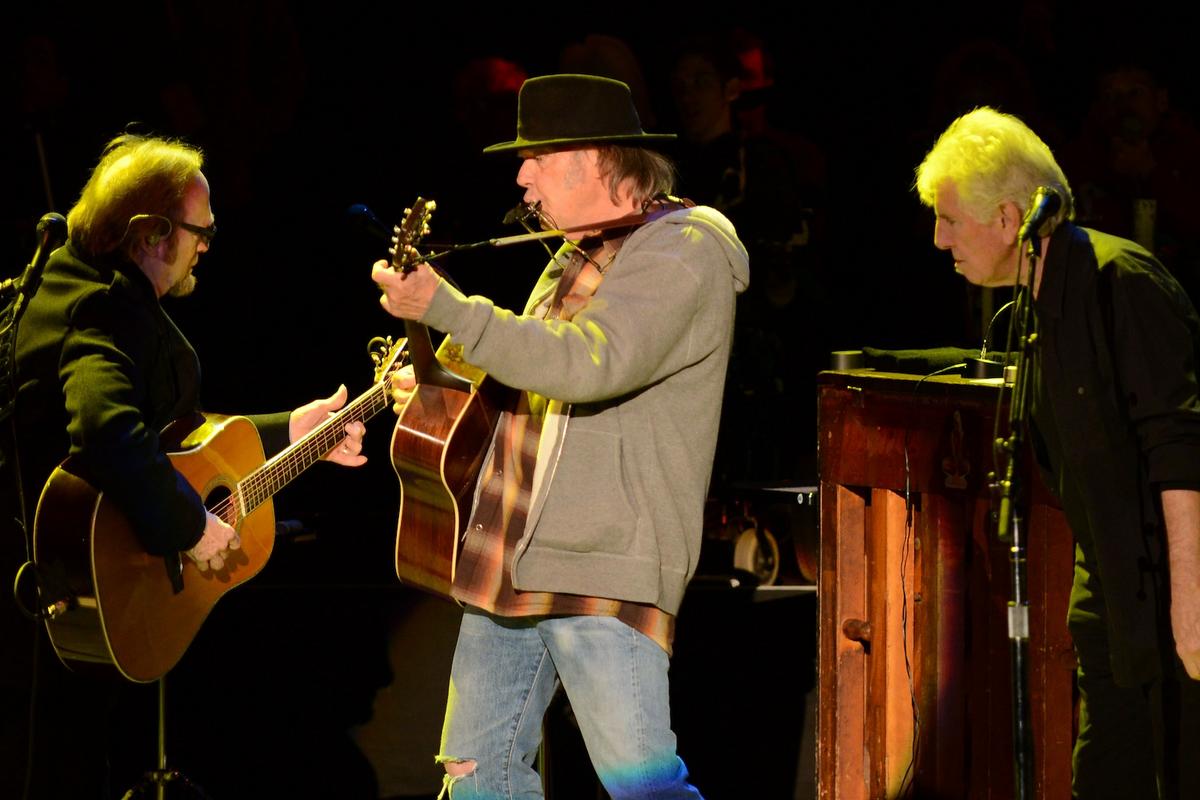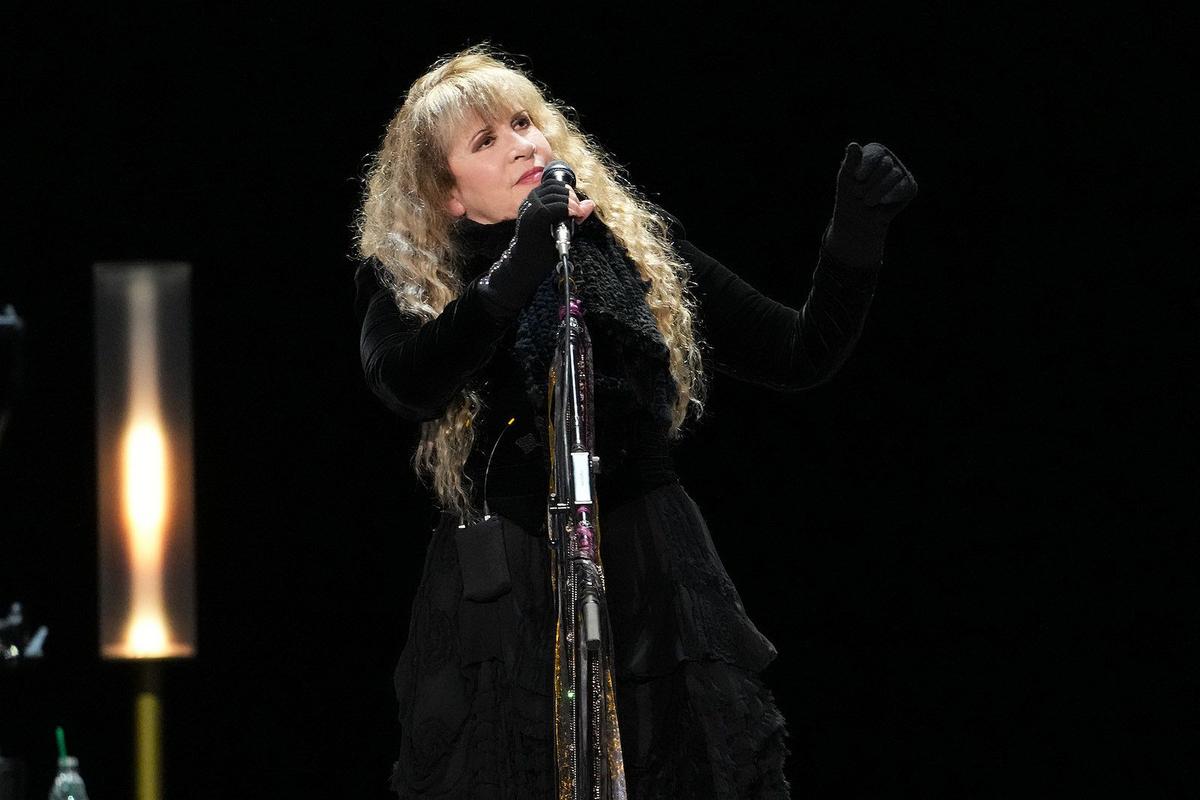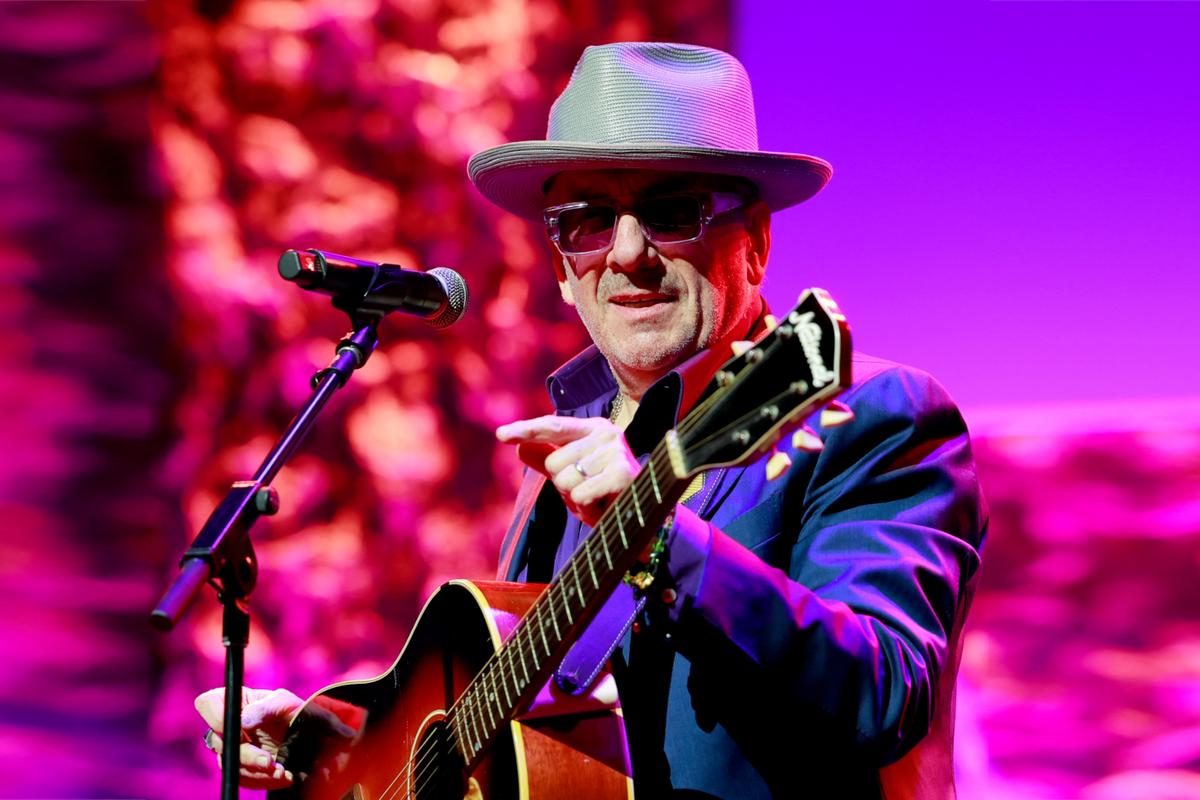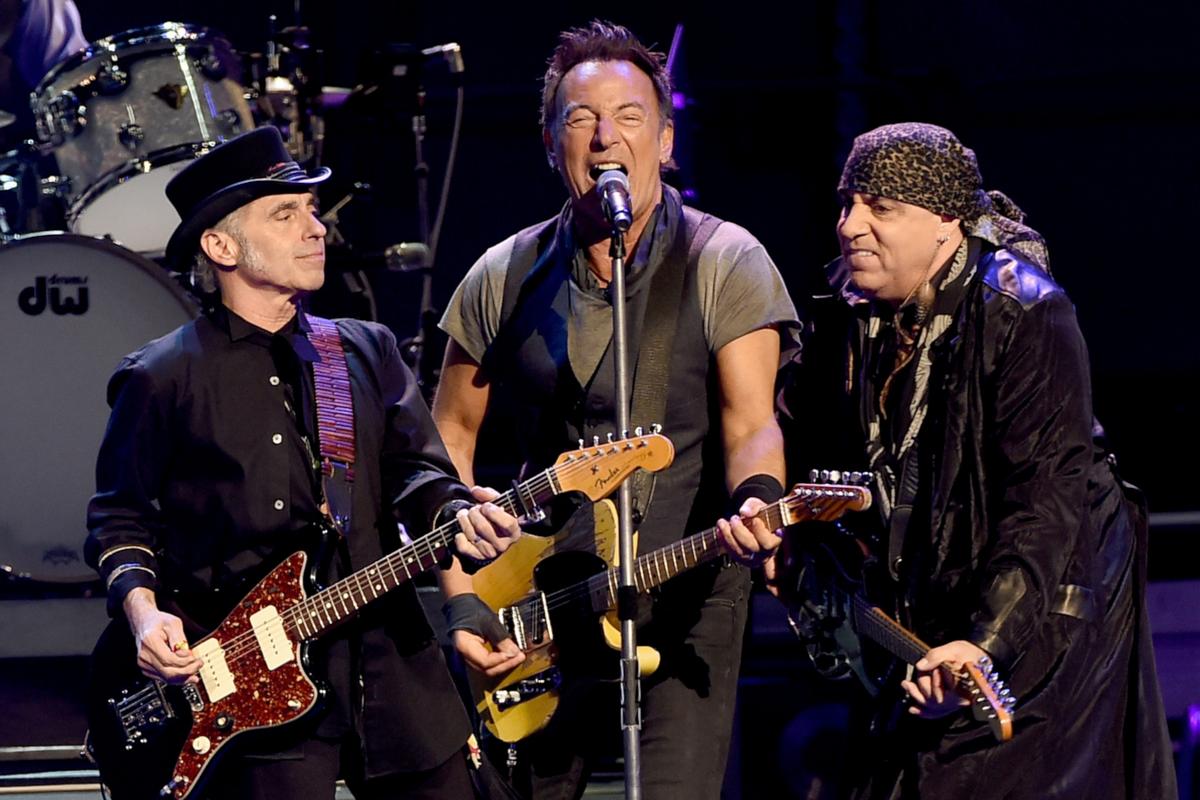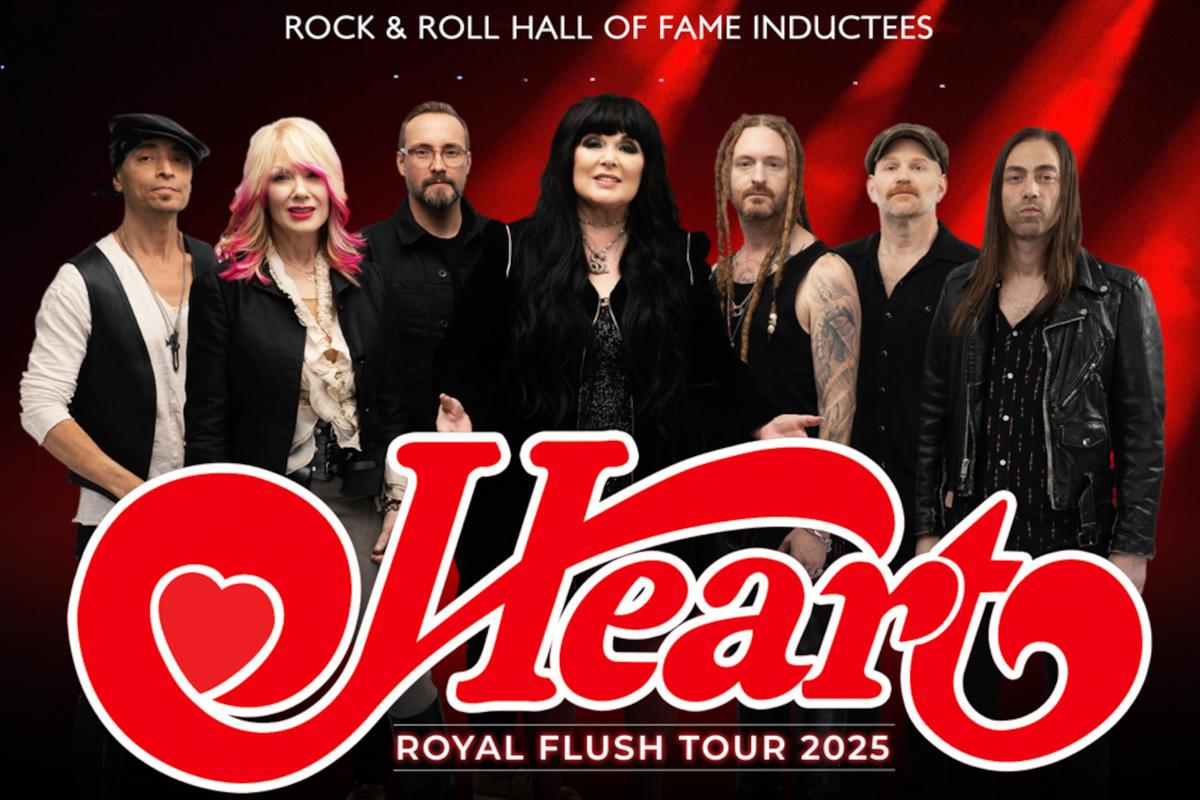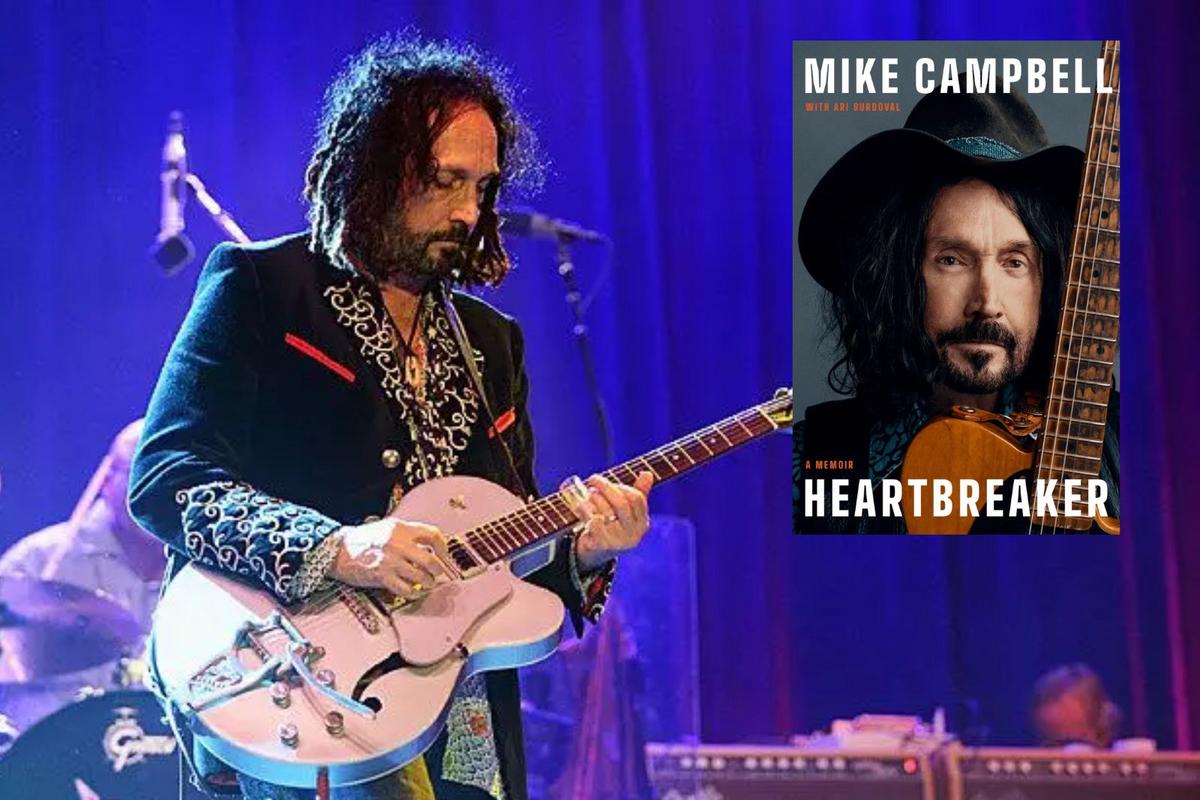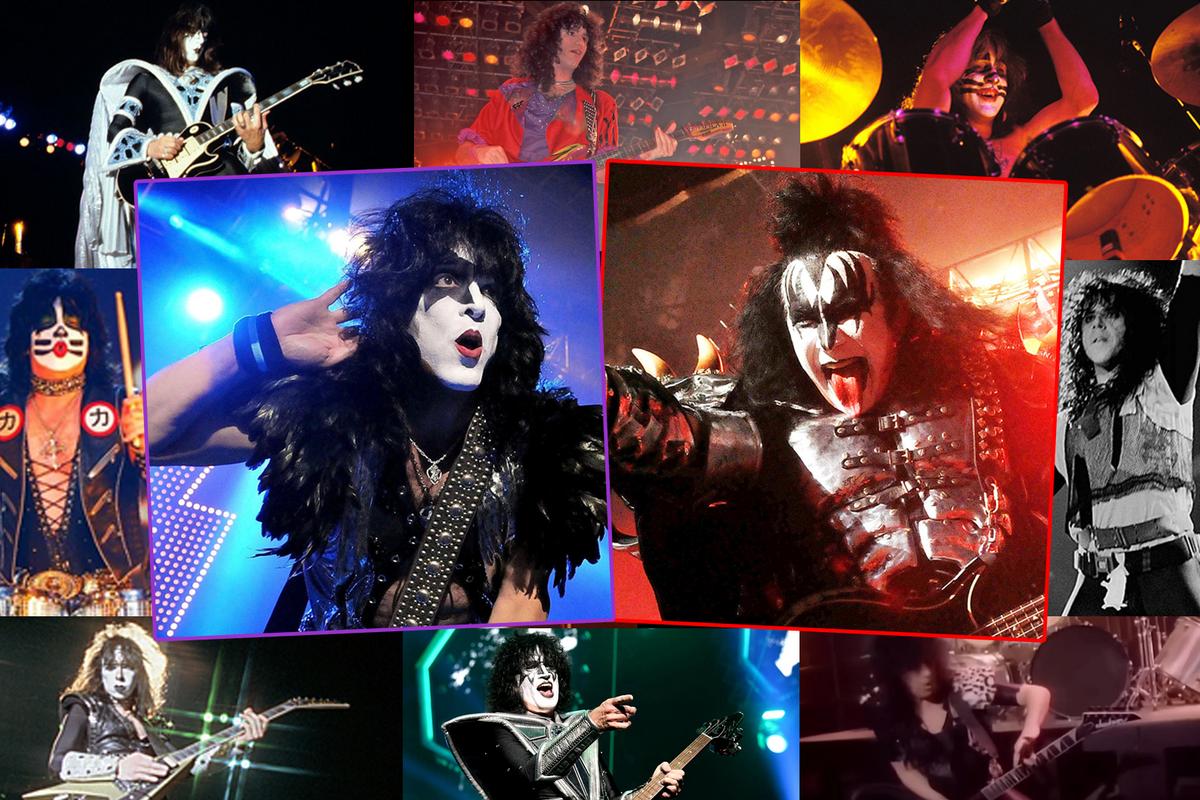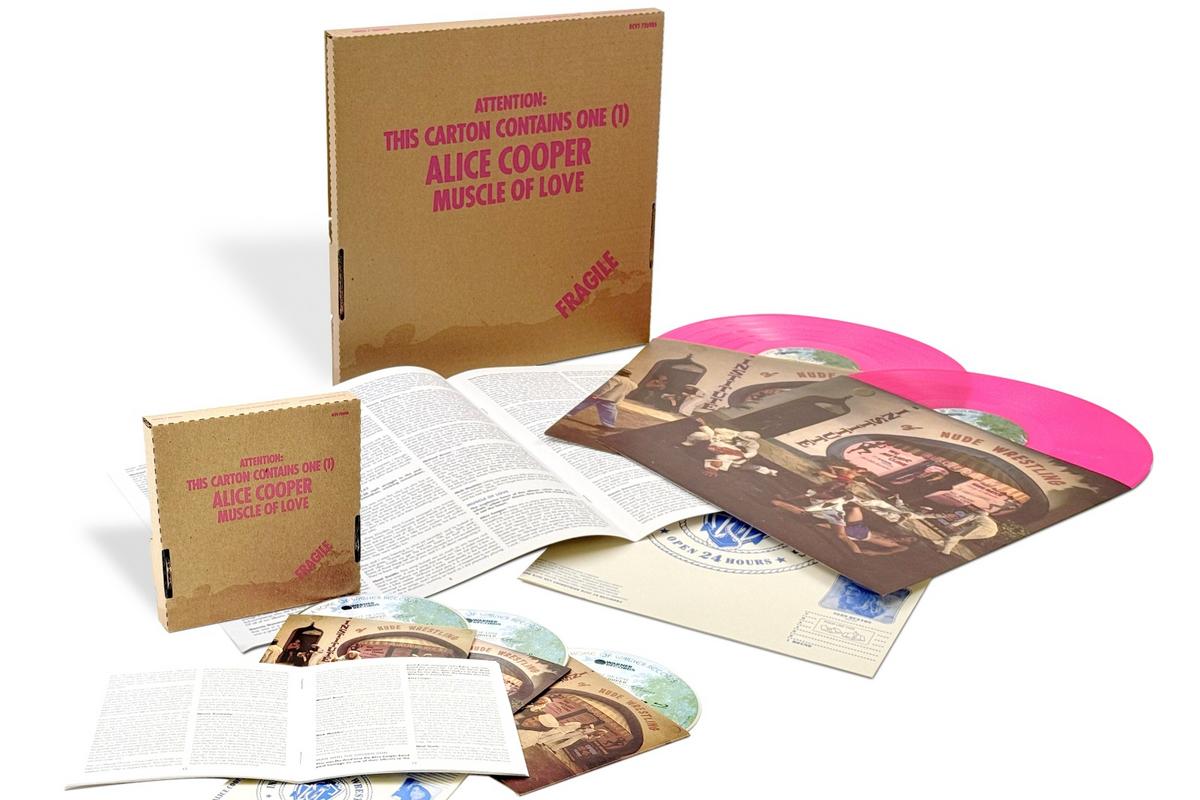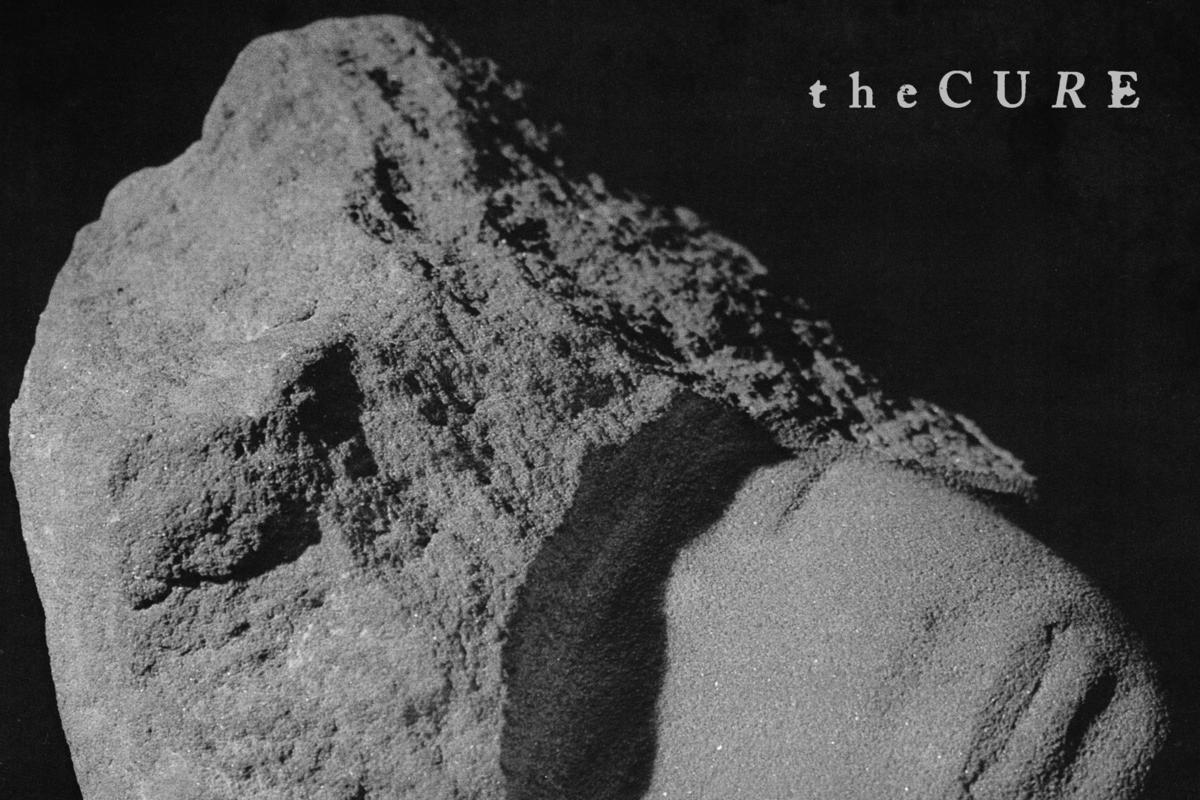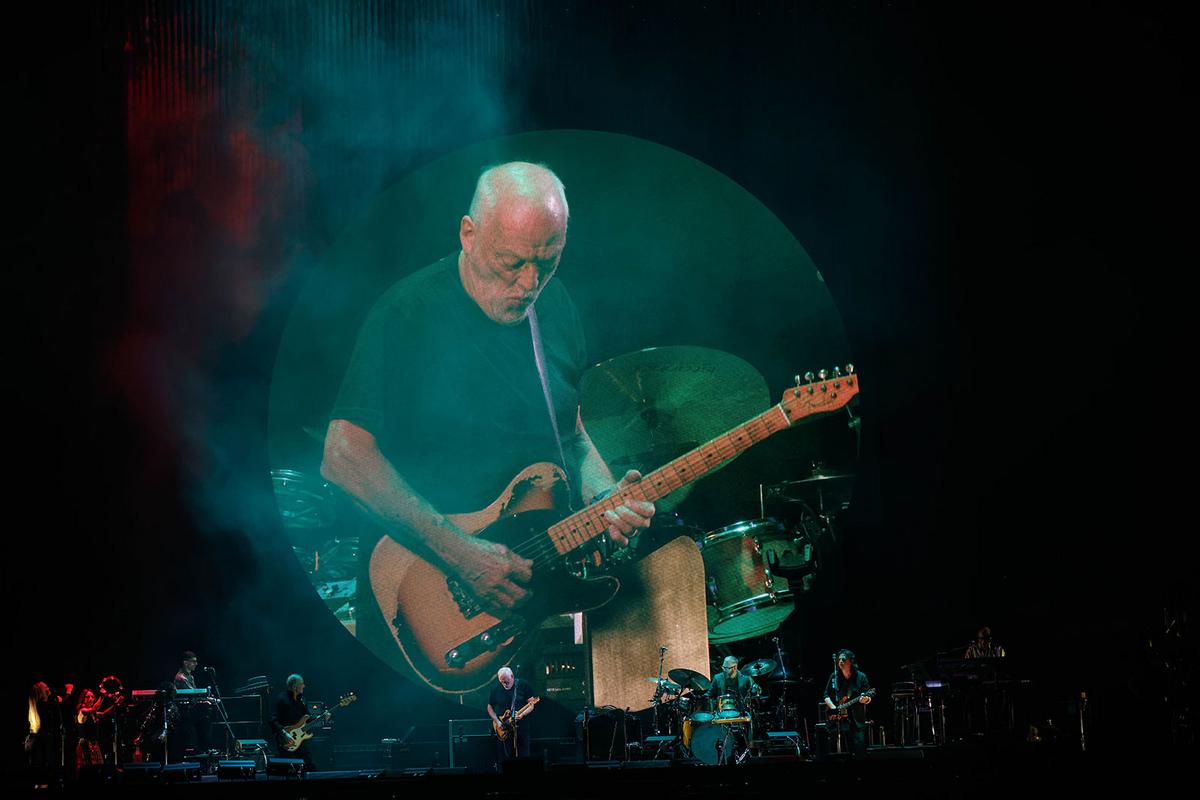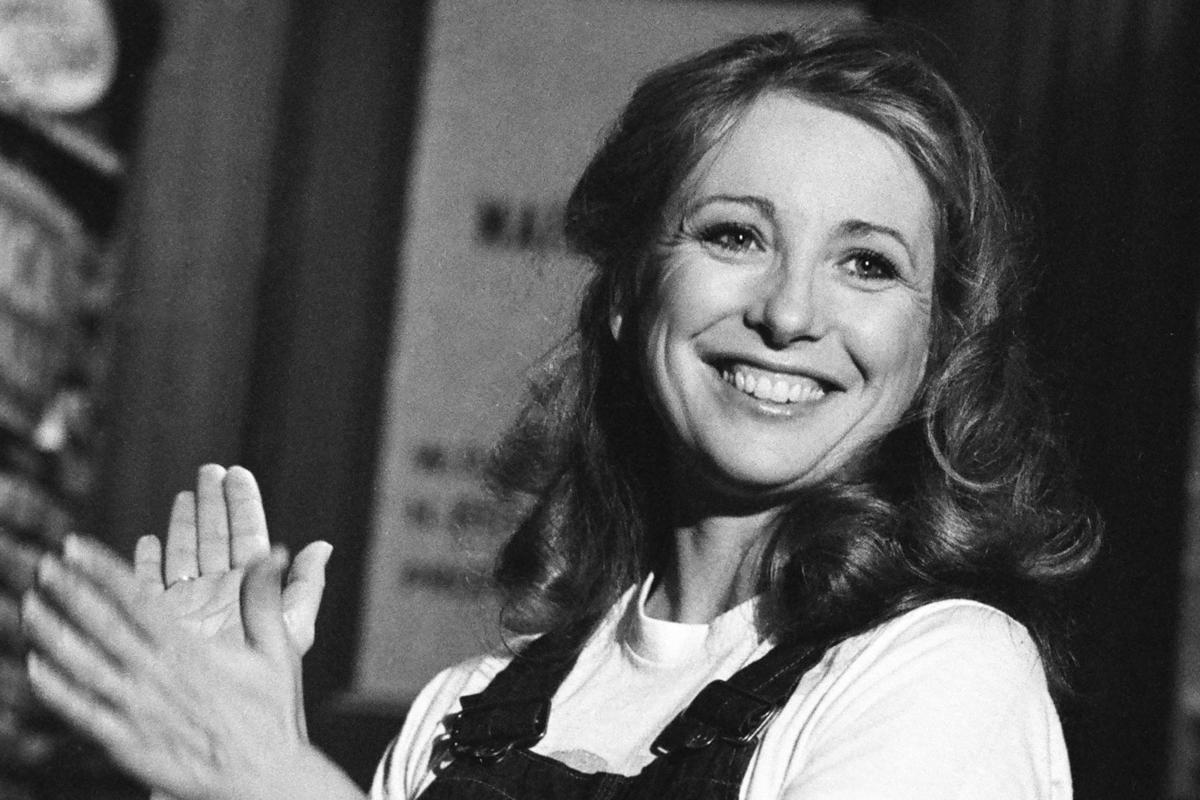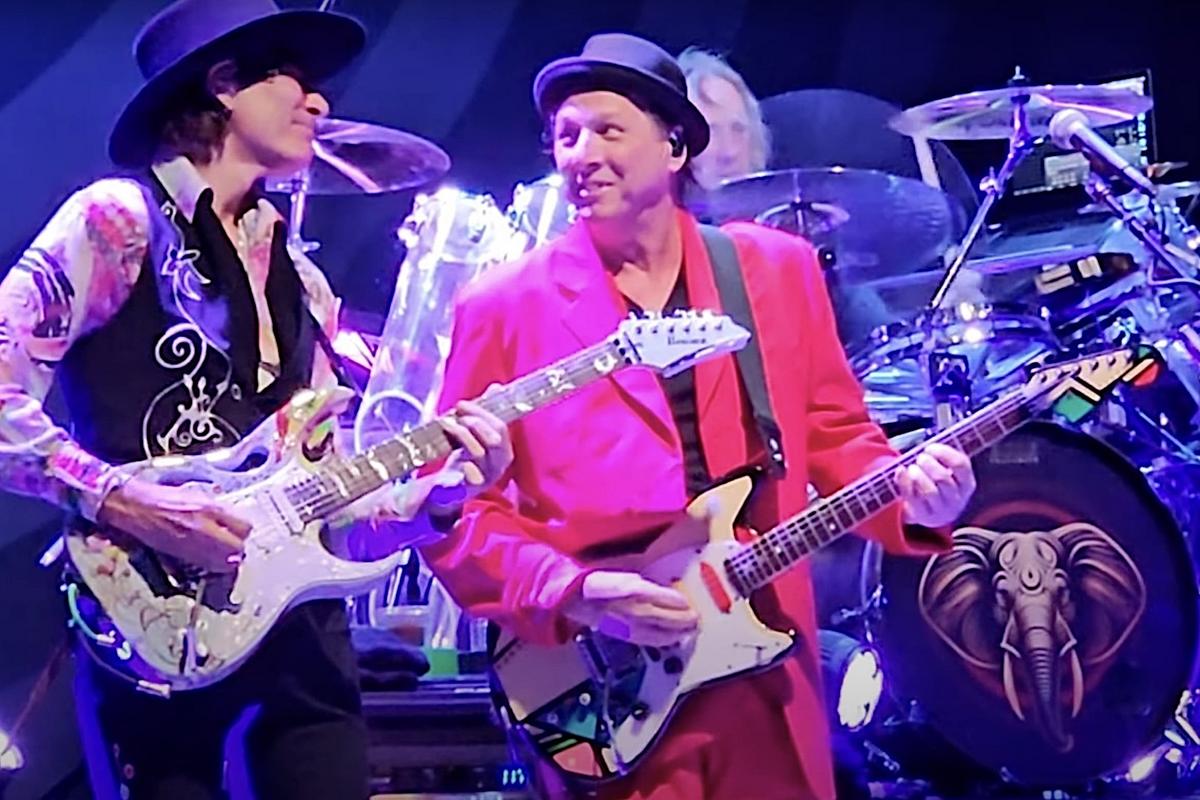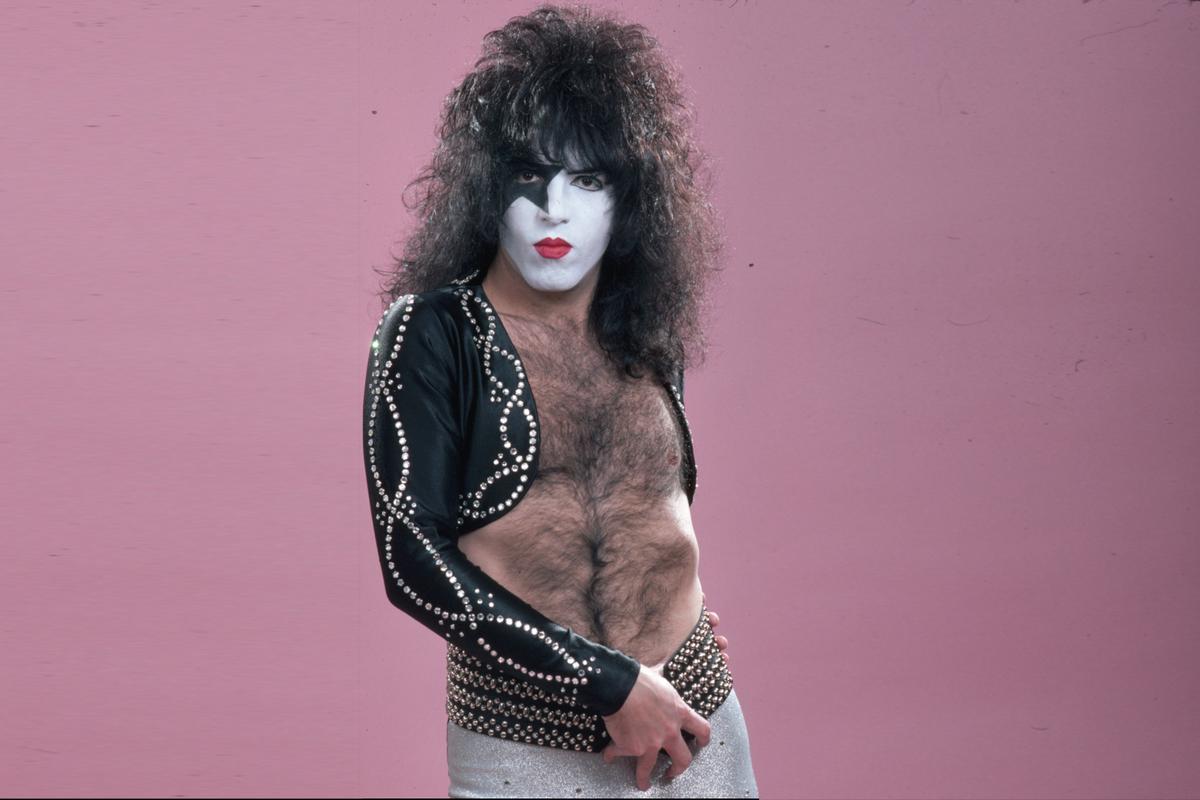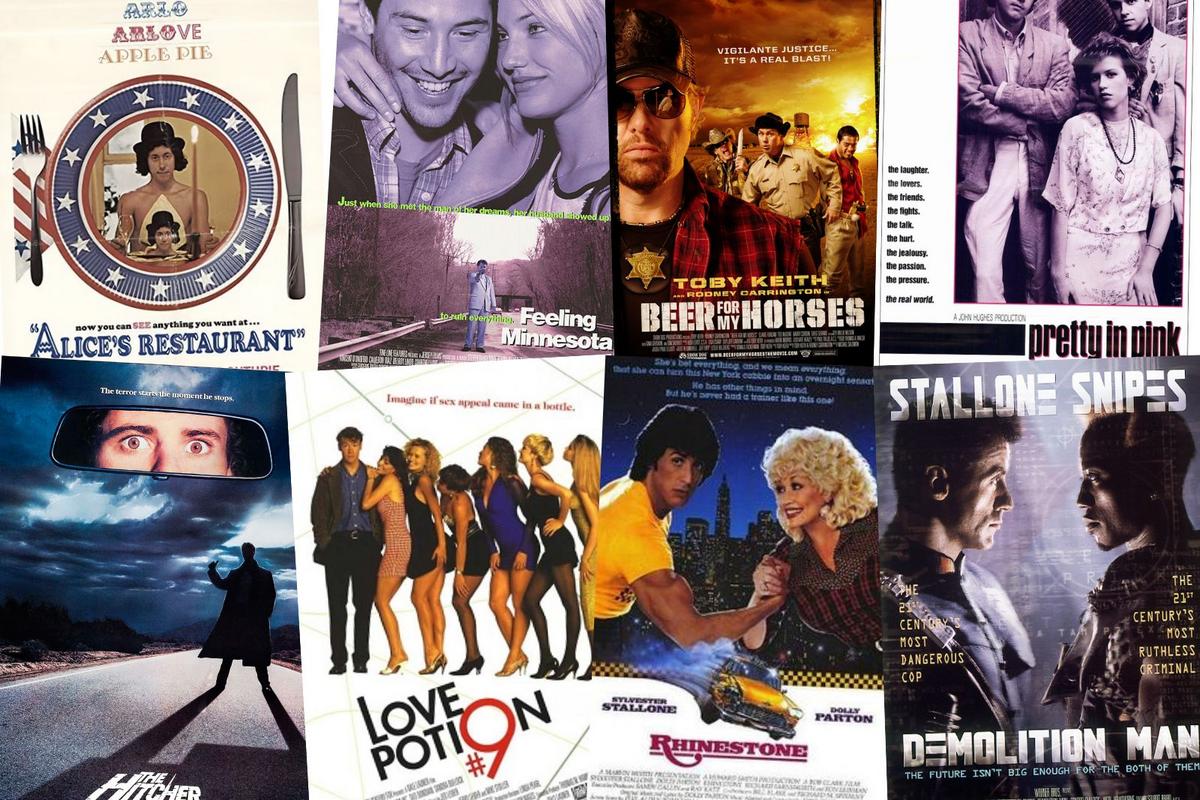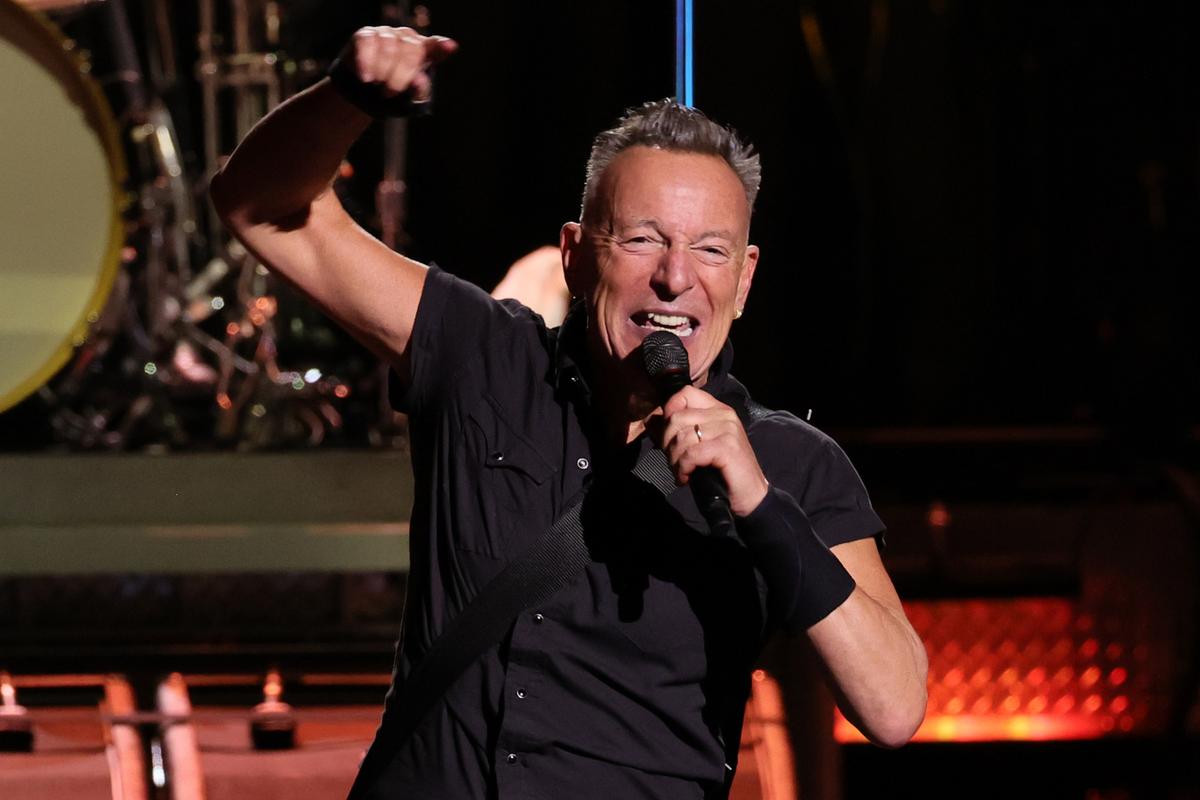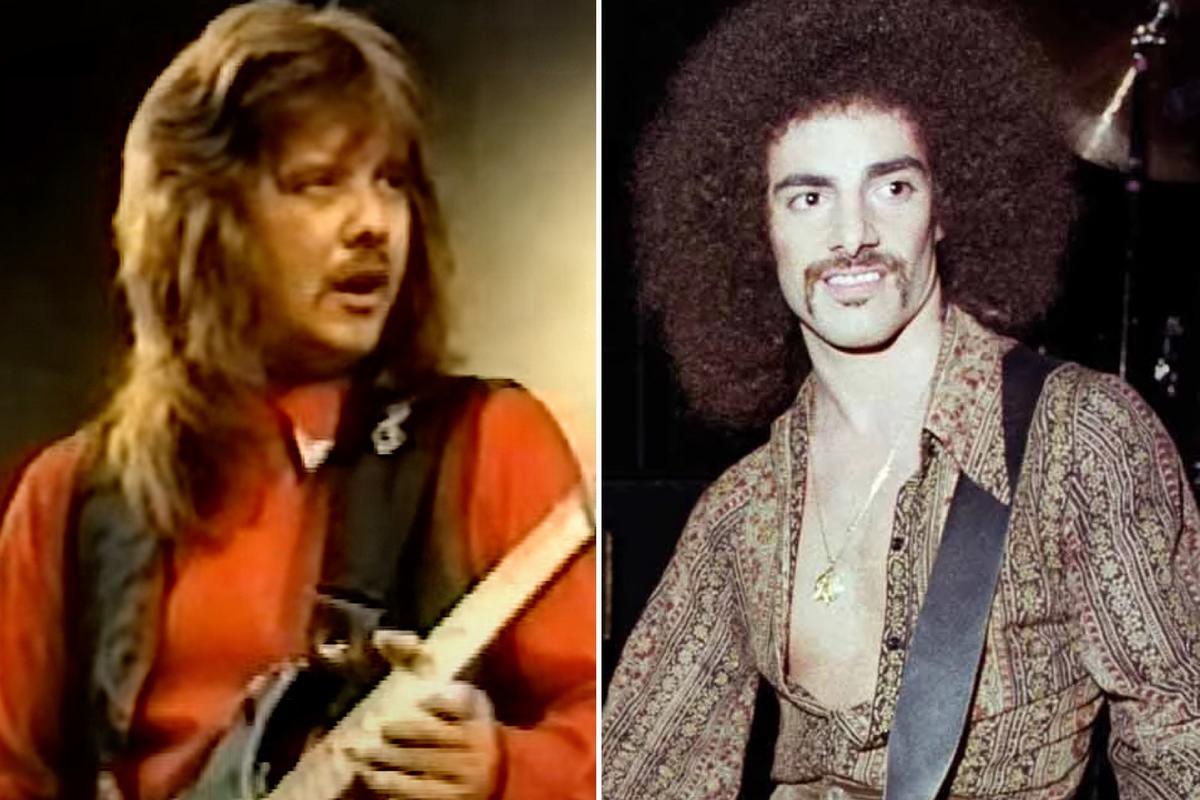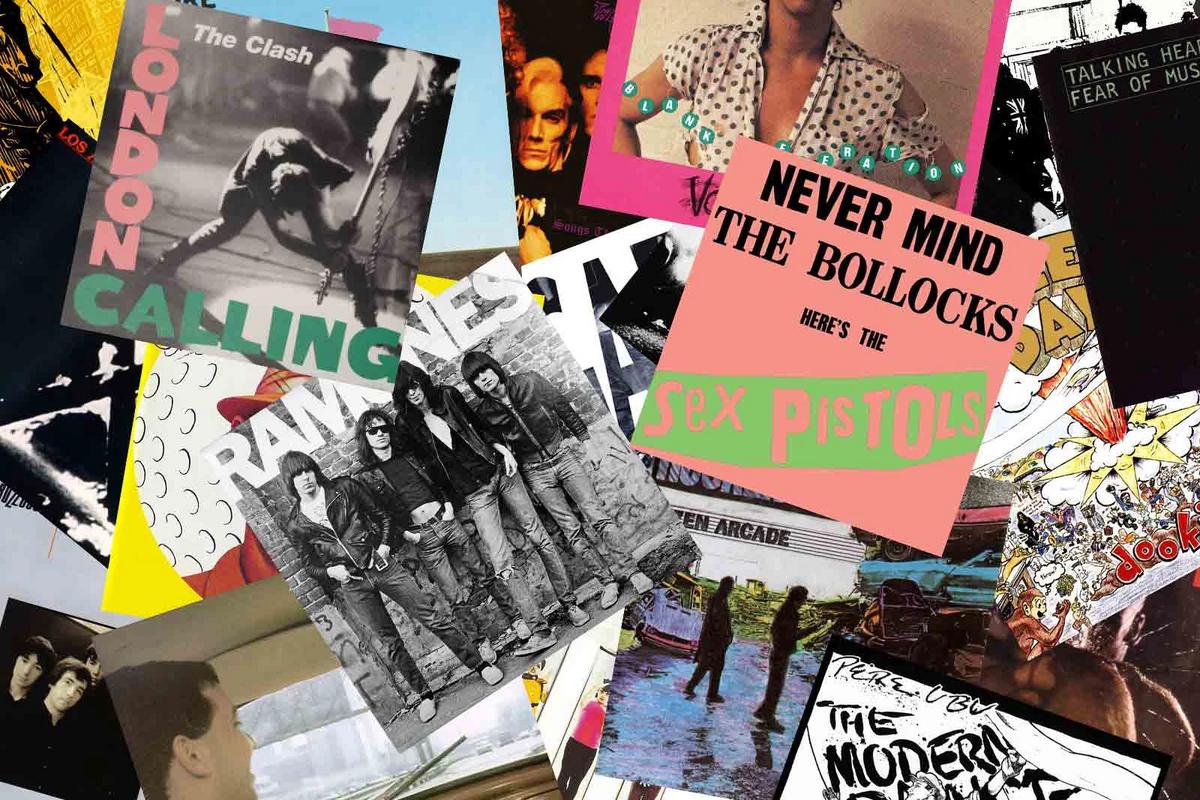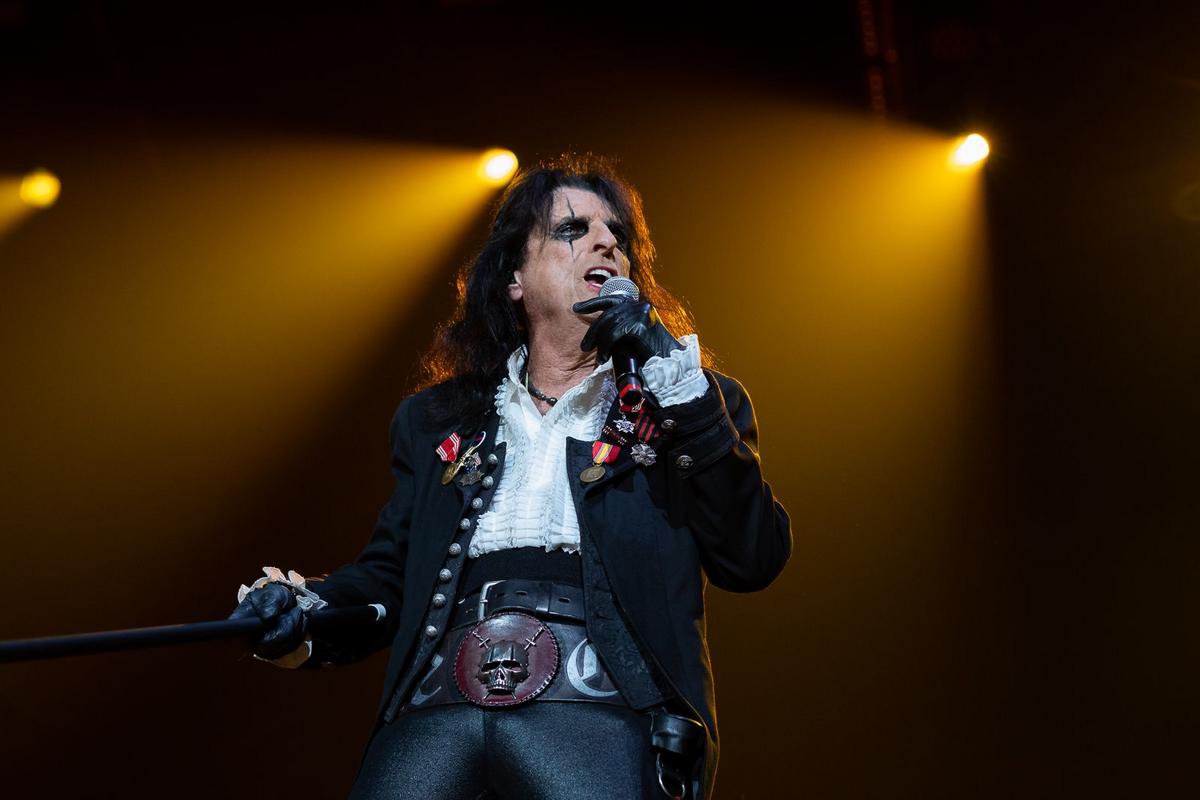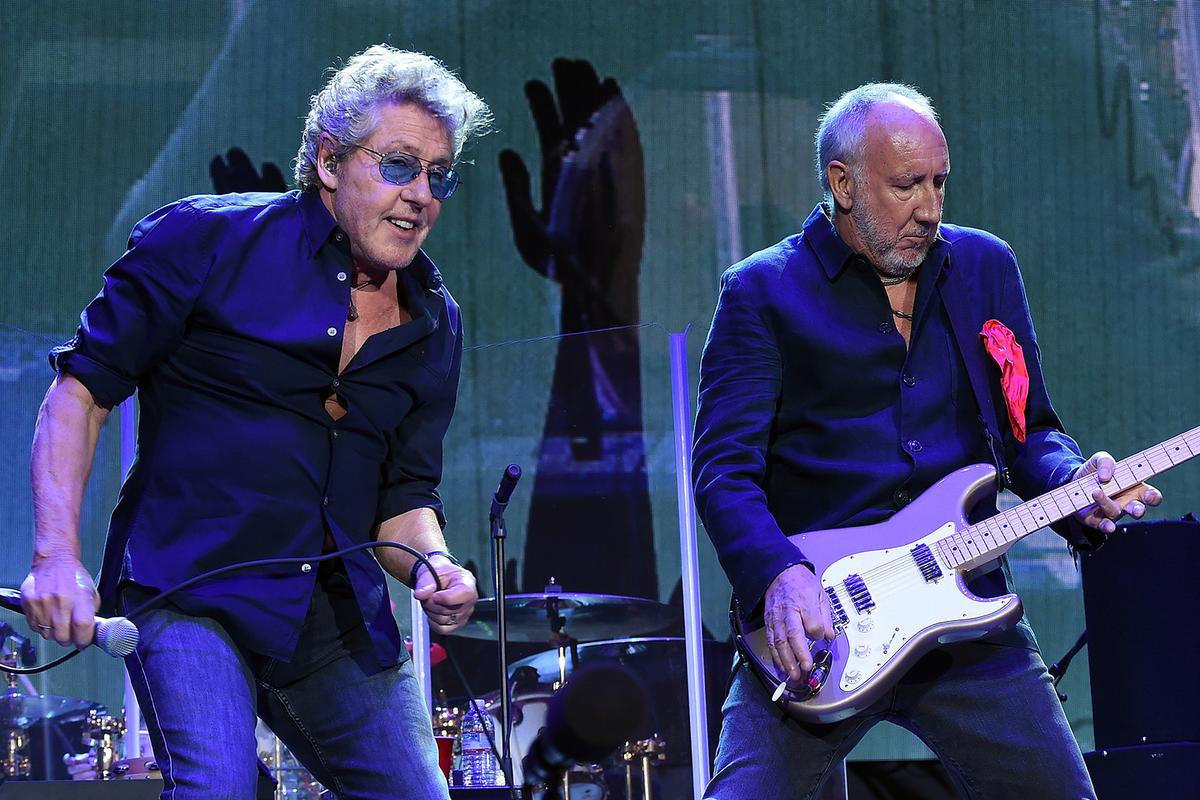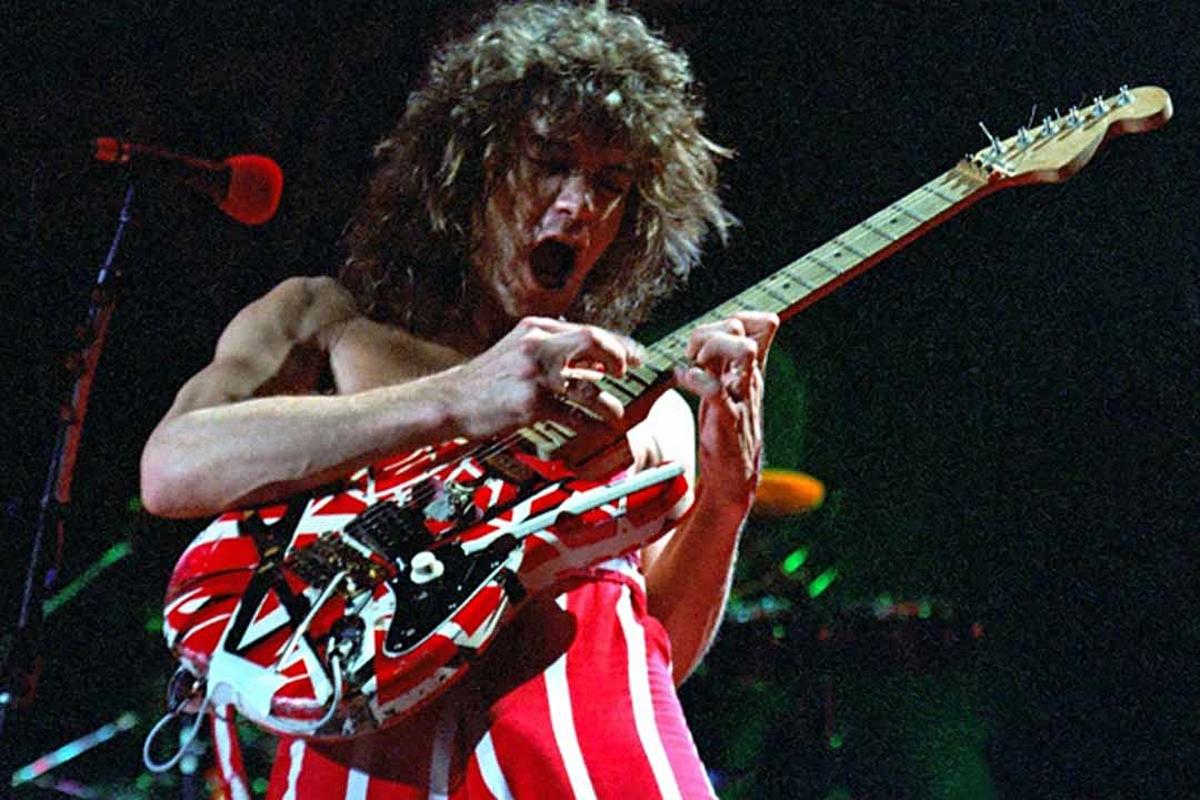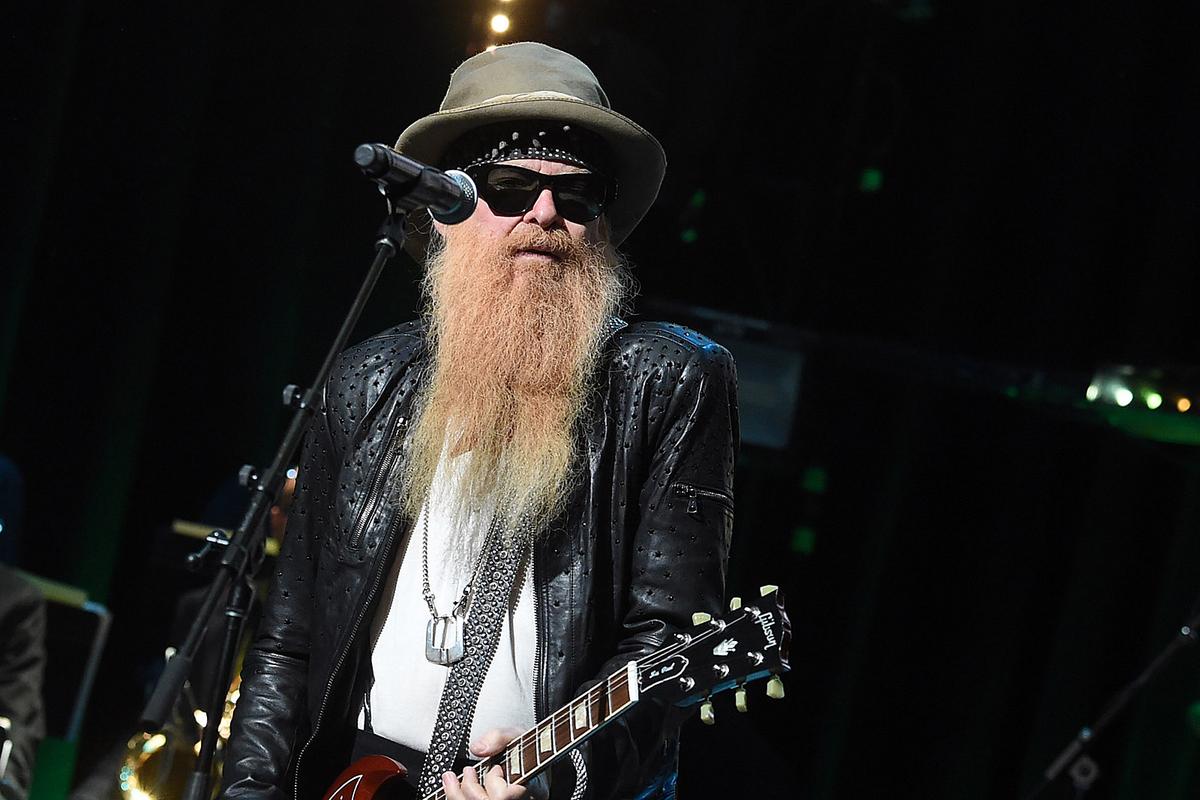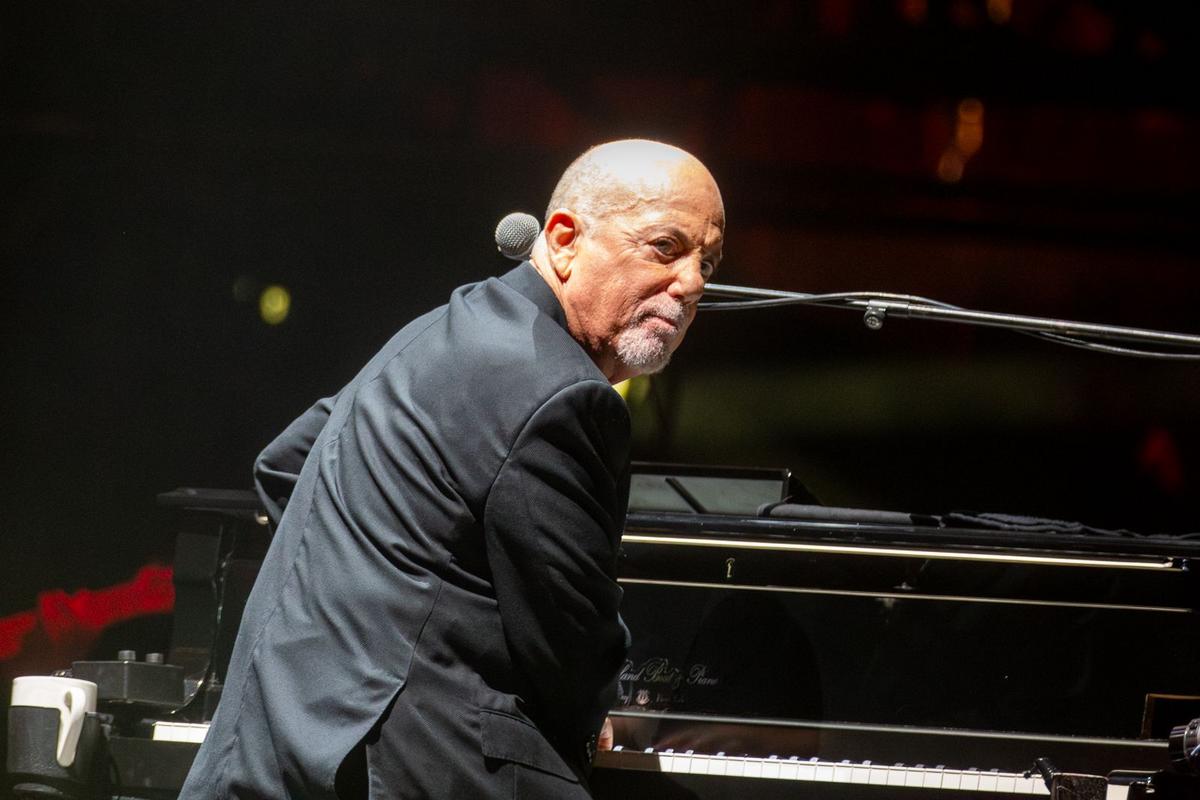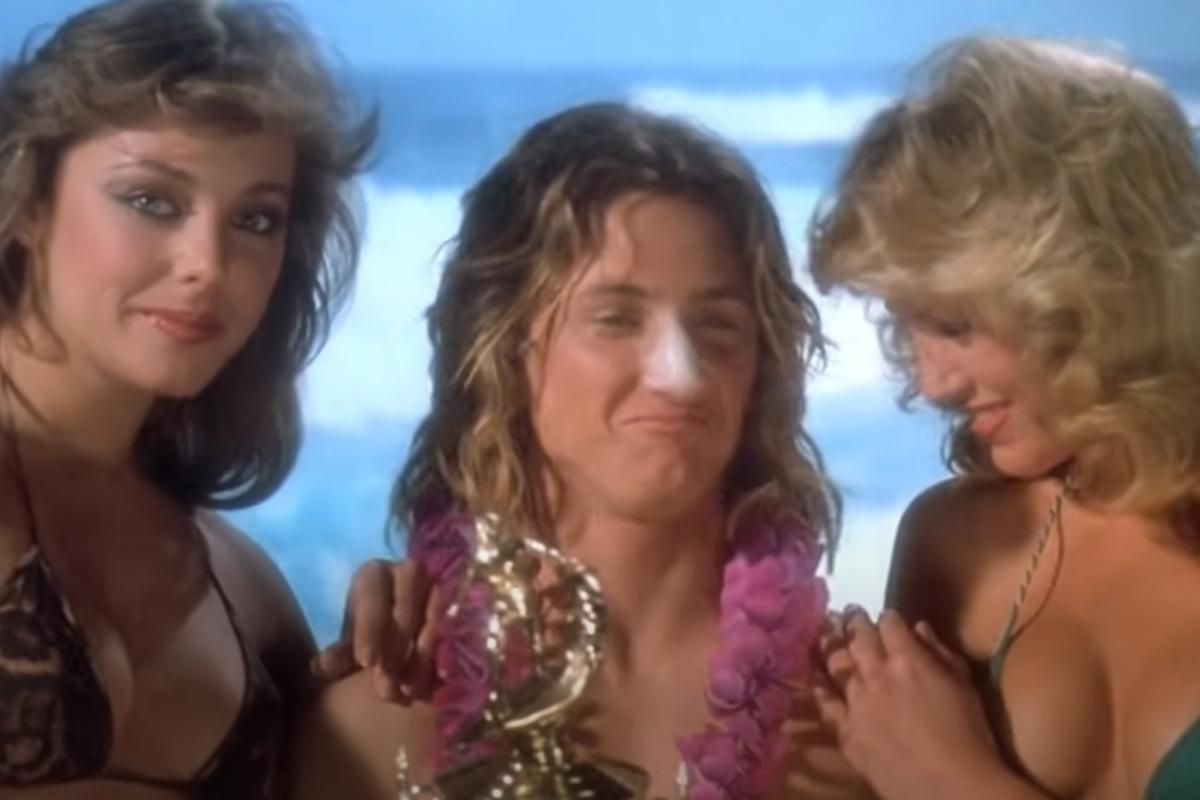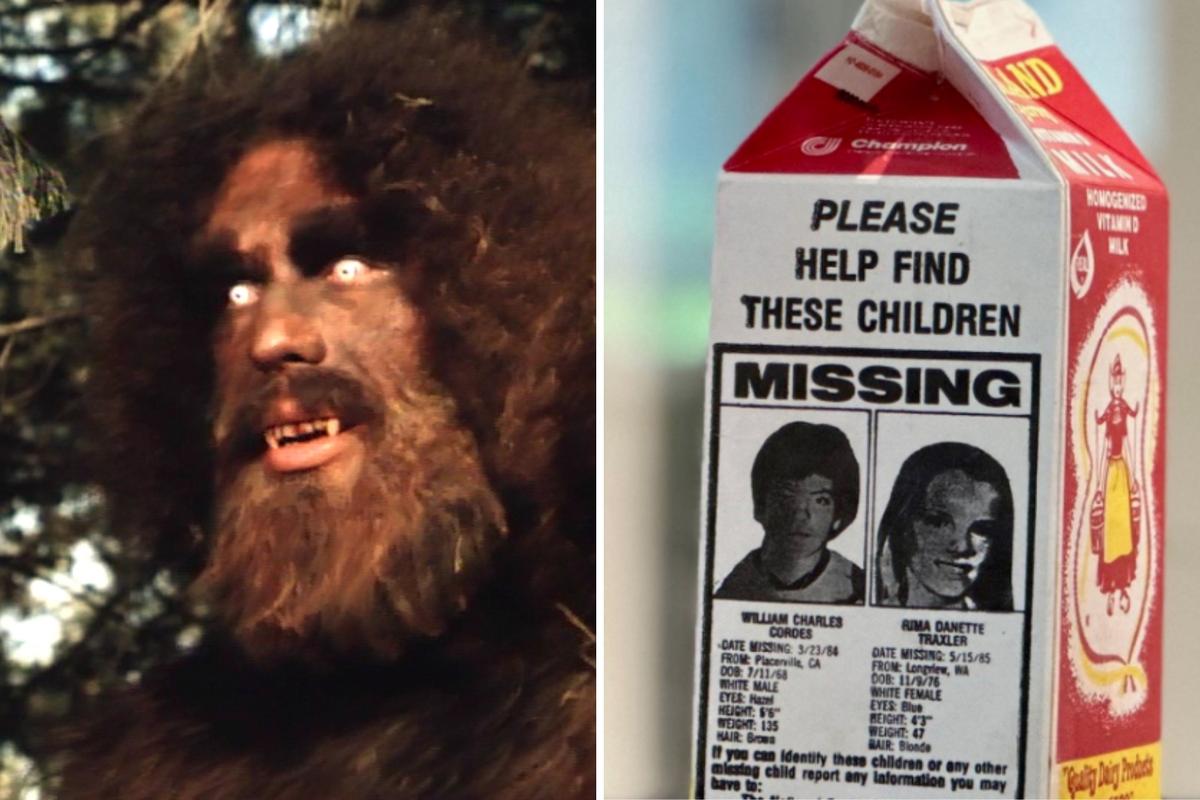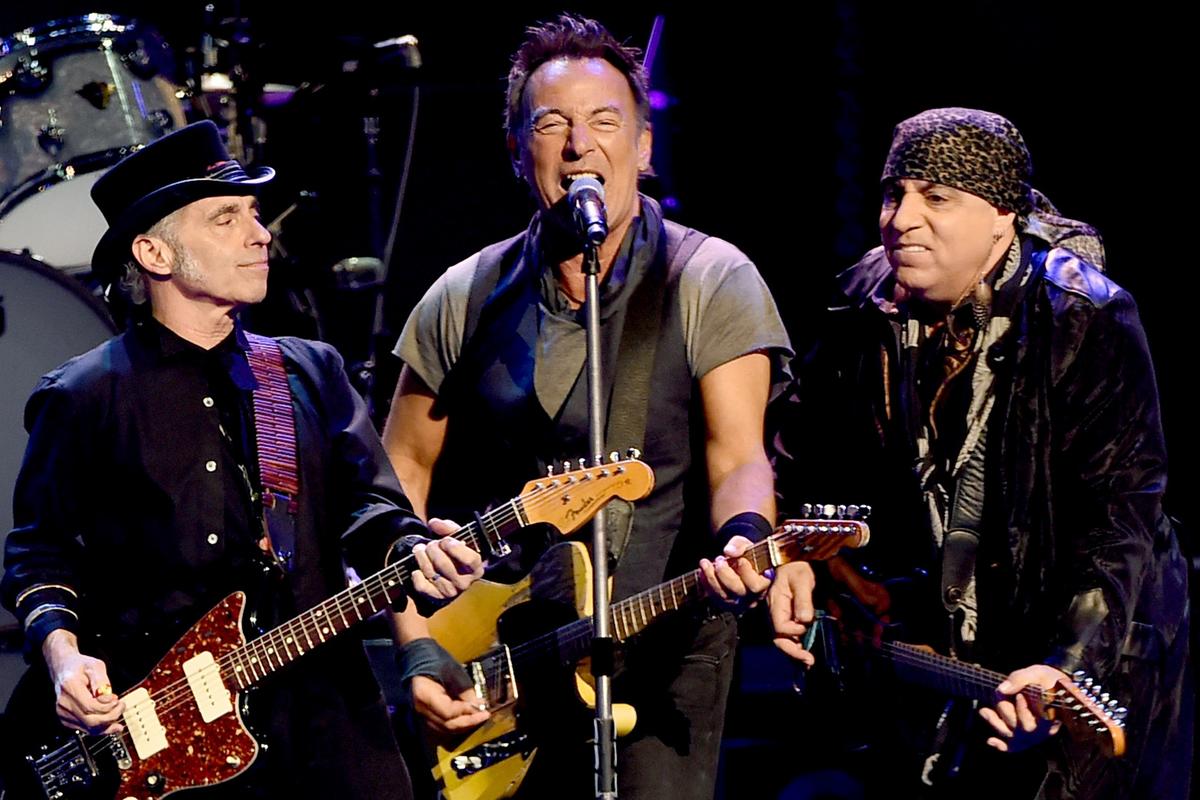There’s an old saying in journalism: if it bleeds, it leads. In other words, stories that involve tragedy, particularly those with gruesome or violent details, are much more likely to earn a reader’s attention.
The ethics of prioritizing stories of death, destruction and general mayhem could be discussed for days, but the reality is this: there is something about true crime that titillates many, and that includes musicians.
In the below list of 35 Rock Songs Inspired by True Crime, you’ll find tales of hometown homicide, serial killers, missing persons and more.
1. “5:15 A.M.,” Mark Knopfler
From: Shangri-La (2004)
In January of 1967 — several years before Mark Knopfler moved to London and formed Dire Straits — a financially motivated crime now known as the “one-armed bandit murder” took place in Knopfler’s childhood town of Newcastle. A man named Angus Sibbet was shot and killed by Dennis Stafford and Michael Luvaglio. (“One-armed bandits” was a colloquial term for people involved in the gambling industry, and the cover of Knopfler’s Shangri-La even displays a brightly-colored slot machine.) Sibbet’s body was found by a local miner at 5:15 a.m. on Jan. 4, 1967, leading to life sentences for both Stafford and Luvaglio, who only ended up serving 12 years.
2. “213,” Slayer
From: Divine Intervention (1994)
“Driving compulsion, morbid thoughts come to mind / Sexual release buried deep inside,” Tom Araya sings in Slayer’s “213,” but he’s most definitely not talking about himself. “213” is a reference to serial killer Jeffrey Dahmer, whose apartment number in Milwaukee was 213. Between the years 1978 and 1991, Dahmer killed and dismembered 17 people, crimes that also involved elements of necrophilia and cannibalism.
“When Dahmer hit the news I thought, ‘I have a lot of stuff to work with here!'” Araya said in a 2023 interview with Metal Hammer, discussing his years-long fascination with serial killers. In November of 1994, two months after Divine Intervention was released, Dahmer was murdered himself in prison by another inmate.
3. “3 Warning Shots,” Rick Springfield
From: Venus in Overdrive (2008)
Like many fellow musicians, the murder of John Lennon in 1980 had a lasting impact on Rick Springfield, who wrote a song about the incident called “3 Warning Shots.” It appeared on his 2008 album Venus in Overdrive.
“I was still angry,” Springfield explained to Songfacts. “But also I was upset that the guy who shot him – there was some talk of him maybe being paroled or something. And I didn’t want that. So I revisited all the anger that I felt when that happened, because I am a huge John fan, and it was just such a waste. So it was just a late reaction to him maybe getting paroled, or talking about some kind of field trip or something for the dickhead.”
4. “Annie Christian,” Prince
From: Controversy (1981)
Prince’s “Annie Christian” contains references to not one true crime event but three. In the first verse there’s an allusion to the Atlanta murders, which occurred between 1979 and 1981 — 28 Black people, mostly teenagers and children, were murdered. A 23-year-old man named Wayne Williams was charged with just two of the adult homicides. Then in the next verse, there’s mention of both Lennon’s killing and the assassination attempt of Ronald Reagan.
5. “Bloodbath in Paradise,” Ozzy Osbourne
From: No Rest for the Wicked (1988)
Here we have just one of a couple songs on this list that drew inspiration from the California crimes of Charles Manson and his cult following. “If you’re alone then watch what you do ‘cuz Charlie and the family might get you,” Ozzy Osbourne sings in “Bloodbath in Paradise.” Manson was convicted in 1971 of first-degree murder and conspiracy to commit murder for the deaths of seven people, including the pregnant actress Sharon Tate in 1969.
“The Manson murders were all over the telly, so anything with a dark edge was in big demand,” Osbourne write in his autobiography I Am Ozzy. “Before he turned psycho, Manson had been a big part of the L.A. music scene. If he hadn’t gone to jail, we probably would have ended up hanging out with him.”
6. “Choklit Factory,” Marilyn Manson
From: After School Special (1991)
On the cover of Marilyn Manson’s 1991 tape After School Special is a photo of Jeffrey Dahmer, the aforementioned cannibalistic serial killer. On that tape is a song called “Choklit Factory,” a reference to Dahmer’s job at the Milwaukee Ambrosia Chocolate Factory, which he held while committing many of his crimes.
7. “Claudine,” The Rolling Stones
From: Some Girls (1978)
From 1961 until 1975 Andy Williams, the popular singer and TV entertainer, was married to a French actress named Claudine Longet. The year after their union ended, Longet was arrested and charged with the death of her boyfriend, the Olympic skier Vladimir “Spider” Sabich. She claimed the gun was fired accidentally and in the end was only convicted of negligent homicide, earning her a fine and a month in jail. Two years after that, the Rolling Stones included a song about Longet on the album Some Girls, dwelling on the mysterious circumstances of the death — “Now only Spider knows for sure / But he ain’t talkin’ about it any more.”
8. “Dancing in the Moonlight,” King Harvest
From: 1972 Single
“Dancing in the Moonlight” is the only song on this list inspired by a crime that happened to the song’s writer themselves. In 1969, musician Sherman Kelly went on a trip to Saint Croix in the Caribbean, where he ended up being the first victim of a gang that would go on to murder eight people.
“At that time, I suffered multiple facial fractures and wounds and was left for dead,” Kelly later recalled. “While I was recovering, I wrote ‘Dancin in the Moonlight’ in which I envisioned an alternate reality, the dream of a peaceful and joyful celebration of life.”
Below is one of the best-known versions of the song, recorded by King Harvest in 1972.
9. “Death Valley ’69,” Sonic Youth With Lydia Lunch
From: Bad Moon Rising (1985)
The lyrics don’t explicitly mention any murderers or victims, but it’s clear from the title of this Sonic Youth song that the tragic events involving Charles Manson played a role in the song’s creation. Kim Gordon herself had a potential tie to Manson: her older brother’s ex-girlfriend, Marina Habe, was found brutally slain on Jan. 1, 1969, a crime that remains unsolved to this day but speculated to be the work of the Manson family.
10. “Fireplace Poker,” Drive-By Truckers
From: Go-Go Boots (2011)
In 1998, a ghastly murder took place in Tuscumbia, Alabama, just a few miles from Muscle Shoals, where Patterson Hood of Drive-By Truckers was born and raised. “Tuscumbia is right next to the town I grew up in so it was all over the local papers,” Hood explained to American Songwriter in 2018. “Preacher hired these thugs to kill his wife, they botched the job so he finished her off with a fireplace poker. One of the guys was recently executed and the other one is still on death row in ‘Bama. The preacher ended up dead a few days later. Turns out his earlier wife died mysteriously also.”
Hood wrote not one but two songs about the incident, “Go-Go Boots” and “The Fireplace Poker,” both of which found a place on the 2011 album Go-Go Boots.
11. “Georgia Lee,” Tom Waits
From: Mule Variations (1999)
To date, no one knows who is responsible for the abduction and murder of 12-year-old Georgia Lee. She was last seen alive on Aug. 13, 1997 in Santa Rosa, California, where she got into a vehicle with an unidentified man. Her body was found just over a week later.
“Not to make it a racial matter,” Waits said in a 1999 interview with LA Weekly (via Songfacts), “but it was one of those things where, you know, she’s a Black kid, and when it comes to missing children and unsolved crimes, a lot of it has to do with timing, or publicity…And I wanted to write a song about it. At one point I wasn’t going to put it on the record, there were too many songs. But my daughter said, ‘Gee, that would really be sad — she gets killed and not remembered and somebody writes a song about it and doesn’t put it on the record.’ I didn’t want to be a part of that.”
12. “Hurricane,” Bob Dylan
From: Desire (1976)
Bob Dylan has written a few songs inspired by real-life crimes — “The Lonesome Death of Hattie Carroll,” The Death of Emmett Till,” etc. — but the one that really stands out in his catalog is “Hurricane” from 1976’s Desire. It’s about the wrongful arrest and imprisonment of boxer Rubin “Hurricane” Carter, who was charged with a triple murder that occurred at the Lafayette Bar and Grill in Paterson, New Jersey in 1966. It was after meeting with Carter himself in prison that Dylan began writing the song, which emphasized the boxer’s innocence. Carter was finally released in November of 1985.
13. “I Don’t Like Mondays,” The Boomtown Rats
From: The Fine Art of Surfacing (1979)
Each year, the U.S. experiences hundreds of mass shootings, many of them in school settings. Even though they’ve become more prevalent in recent years, such horrific events have been happening for decades. On Jan. 29, 1979, for example, 16-year-old Brenda Spencer opened fire on the Grover Cleveland Elementary School in San Diego, California. Two adults were killed, and eight children and another adult were injured. Spencer was charged and convicted of two counts of homicide and is, at the time of this writing, still in prison.
When asked in 1979 why she committed the crime, she responded: “I don’t like Mondays. This livens up the day.” It was this quote that went on to inspire the Boomtown Rats’ song “I Don’t Like Mondays.”
14. “I Just Shot John Lennon,” The Cranberries
From: To the Faithful Departed (1996)
Cranberries singer Dolores O’Riordan clearly felt a certain kind of connection to John Lennon in that fame changed how she approached her life and considered herself, so it makes sense that she’d feel compelled to write a song about his death. “It’s like reading about someone else,” she told NME in 1995, speaking to the constant media attention she was then receiving. “Sometimes when I’m doing interviews I’ll start sarcastically referring to me as Dolores, ‘cuz it’ll feel like Dolores is this other person.”
15. “Jack the Ripper,” Motorhead
From: March or Die (1992)
He’s possibly the most famous serial killer to ever live: Jack the Ripper. The Ripper, who was active in London for just a few months in 1888, was never caught nor identified. During his reign of terror, he murdered at least five women — stabbing and beating them beyond recognition — but it’s unclear whether there were more victims that were never found. All five of the known victims were prostitutes, hence the lyric in this Motorhead song: “The last embrace you’ll ever know, the violence of romance.”
16. “Jeremy,” Pearl Jam
From: Ten (1991)
One day in early 1991, Eddie Vedder saw a newspaper article about a 15-year-old boy named Jeremy Wade Delle, a high school student who shot himself in front of his English class. Terrifyingly, it immediately reminded Vedder of something he experienced in school himself, in which a classmate of his brought a gun to school, very clearly distressed. “He kind of freaked out and brought a gun into class one day,” Vedder recalled in a 1991 interview with Billboard. “It was geography class and [he] shot up a 1000 gallon fish tank or something. I was in the hallway and I remember hearing it.”
17. “Killer on the Loose,” Thin Lizzy
From: Chinatown (1980)
We’re definitely not done with Jack the Ripper songs. In this Thin Lizzy number, Phil Lynott sings from the perspective of the Ripper himself — “there is something I’ve got to do to you honey /and it’s between you and me.” There was even a 1980 music video in which Lynott donned a trench coat not unlike the Ripper was said to wear surrounded by, well, women.
18. “Killer’s Eyes,” The Kinks
From: Give the People What They Want (1981)
In the spring of 1981, a man named Mehmet Ali Agca escaped from prison — he had murdered a Turkish journalist in 1979 — and traveled to Vatican City. There he attempted to assassinate Pope John Paul II, a crime for which he was captured and imprisoned. At that time, the Kinks were touring in England, and a newspaper article about the incident prompted Ray Davies to write a song about it called “Killer’s Eyes.” “I saw that guy’s face in the paper, and it just wrote the song for me. His face,” Davies told Creem that year. “There was a quote in the story from his mother, and halfway through the song, I sort of take the role of the parent.”
19. “Let Him Dangle,” Elvis Costello
From: Spike (1989)
Derek Bentley was 19 years old when he was hanged for the 1952 murder of a policeman that occurred during a burglary in a neighborhood of London. A year after the hanging, Elvis Costello was born and heard all about the infamous case growing up.
“The case of Derek Bentley had been brought up in every capital punishment debate since I had been a child, so I put it in a song,” Costello wrote in the 2001 reissue liner notes to Spike. “Let Him Dangle” doesn’t deny Bentley’s culpability, but it does question if the punishment truly fits the crime: “From a welfare state to society murder / ‘Bring back the noose’ is always heard / Whenever those swine are under attack / But it won’t make you even / It won’t bring him back.”
20. “Midnight Rambler,” The Rolling Stones
From: Let It Bleed (1969)
Between the years 1962 and 1964, Albert DeSalvo killed 13 women in the city of Boston, earning himself the nickname the Boston Strangler. Even though DeSalvo provided details that only the murderer would have known, there was no physical proof to back up his confession and he was ultimately only convicted of several other unrelated rapes.
During his crime spree, newspaper headlines described the perpetrator with the phrase “midnight rambler,” which inspired the 1969 Rolling Stones song of the same name. “The title, the subject, was just one of those phrases taken out of sensationalist headlines that only exist for a day,” Keith Richards wrote in his memoir, Life. “You just happen to be looking at a newspaper, ‘Midnight Rambler on the loose again.’ Oh, I’ll have him.”
21. “Mister Garfield,” Johnny Cash
From: Johnny Cash Sings the Ballads of the True West (1965)
There’s a whole bunch of artists who have brought up President John F. Kennedy in their songs — we have a whole other list for that — but what about another of the fallen presidents James Garfield? Garfield, America’s 20th president, was shot by a man named Charles Guiteau at the Baltimore and Potomac Railroad Station in Washington D.C on July 2, 1881. He died over two months later on Sept. 19. Johnny Cash’s “Mister Garfield” is based on a traditional folk song, one that folksinger Ramblin’ Jack Elliot introduced him to.
22. “Nebraska,” Bruce Springsteen
From: Nebraska (1982)
Bruce Springsteen’s “Nebraska” is another song sung from the perspective of the perpetrator. Here, the Boss tells the story of Charles Starkweather and his girlfriend/accomplice Caril Ann Fugate who killed a whopping eight people in 11 days across Nebraska and Wyoming in 1958. And if you thought Springsteen didn’t do his research on the incident, think again.
“I actually called the reporter who reported on that story in Nebraska, and amazingly enough she was still at the newspaper, and she was a lovely woman, and we talked for a half hour or so,” Springsteen told CBS Sunday Morning in 2023. “It just sort of focused me on the feeling of what I wanted to write about.”
23. “Night Shift,” Siouxsie and the Banshees
From: Juju (1981)
You’ve heard of Jack the Ripper, but what about the Yorkshire Ripper? Unlike Jack, the Yorkshire Ripper was eventually caught and identified as Peter Sutcliffe, but not before he killed at least 13 women, though more were suspected. He typically struck under cover of darkness, targeting prostitutes and other vulnerable women in the latter half of the ’70s. It was Sutcliffe who Siouxsie and the Banshees based their song “Night Shift” off of.
“This news journalist told me that they had a lot of information about the [Yorkshire] Ripper before he was caught,” Siouxsie Sioux said in a 1981 interview, the year Sutcliffe was caught (via the Australian Broadcasting Corporation). “I don’t know how true…that he was a necrophiliac, at least while he was a gravedigger, and that was why he wanted to work the night shift.”
24. “Polly,” Nirvana
From: Nevermind (1991)
In June of 1987, a 14-year-old girl on her way to a concert in Tacoma, Washington was abducted at knife-point by Gerald Friend, who then proceeded to torture and rape her in his home. She eventually escaped and became the inspiration for Nirvana’s 1991 song “Polly.”
“Rape is one of the most terrible crimes on earth. And it happens every few minutes,” Kurt Cobain emphasized to NME that same year, not long after the release of Nevermind. “The problem with groups who deal with rape is that they try to educate women about how to defend themselves. What really needs to be done is teaching men not to rape. Go to the source and start there.”
25. “Revolution Blues,” Neil Young
From: On the Beach (1974)
Believe it or not, Neil Young had some up close and personal encounters with Charles Manson, then an aspiring musician himself whom he met through Dennis Wilson of the Beach Boys. This was, of course, before Manson landed on the wrong side of the law, but Young wrote about him several years later on 1974’s “Revolution Blues:” “Well, I hear that Laurel Canyon is full of famous stars / But I hate them worse than lepers and I’ll kill them in their cars.”
“He had this kind of music that no one was doing,” Young explained in a 1985 interview with writer Bill Flanagan. “He would sit down with the guitar and start playing and make up stuff, different every time, it just kept comin’ out, comin’ out, comin’ out. Then he would stop and you would never hear that one again. Musically I thought he was very unique. I thought he really had something crazy, something great. He was like a living poet. It was always coming out.”
26. “Riders on the Storm,” The Doors
From: L.A. Woman (1971)
“If you give this man a ride,” Jim Morrison warns in “Riders on the Storm,” “Sweet family will die / Killer on the road.” This terrifying premise was inspired by Billy Cook, whose 1950-51 killing spree took the lives of six total people, including a family of five. Cook’s story first inspired the 1953 film The Hitch-Hiker.
“In essence, ‘Riders on the Storm’ was a very filmic song about a serial killer,” Doors keyboardist Ray Manzarek later said (via Dig!). “Jim was way ahead of his time in 1970, but he was pulled in two directions writing it. He didn’t want the song to be just about a killer hitchhiker. The last verse, ‘The world on you depends, our life will never end / You gotta love your man‘ – it becomes a very spiritual song.”
27. “Ripper,” Judas Priest
From: Sad Wings of Destiny (1976)
We’ve got one more Jack the Ripper song for you, this time in the form of “Ripper” by Judas Priest. (And yes, this is the song that wound up giving one-time Judas Priest singer Tim “Ripper” Owens his nickname.) It was written solely by guitarist Glenn Tipton, again from the perspective of the Ripper himself: “I’m sly and I’m shameless / Nocturnal and nameless.”
28. “Stagger Lee,” Nick Cave and the Bad Seeds
From: Murder Ballads (1996)
Nick Cave and the Bad Seeds released an album in 1996 literally titled Murder Ballads, which as you might deduce is full of nothing but songs relating to murder, as well as the consequences of it. On it is a track called “Stagger Lee,” a traditional number about an African-American pimp named Lee Shelton in St. Louis, Missouri. Shelton was well-known amongst other pimps for being wealthy and not the sort of person you should cross.
But someone did on Christmas night in 1895: a many named Billy Lyons. The two had gotten into an argument in a bar, resulting in Shelton shooting and killing Lyons.
29. “Suffer Little Children,” The Smiths
From: The Smiths (1984)
The Smiths — and more specifically Morrissey — never shied away from writing about cheerless topics during their time together. “Suffer Little Children,” as its title plainly suggests, is no exception. This song was written about what became known in England as the Moors murders. Between 1963 and 1965, Ian Brady and Myra Hindley killed five children and sexually assaulted most of them. Morrissey was seven years old when the pair were sent to prison and grew up not far from where the murders had taken place.
“It was like the worst thing that had ever happened, and I was very, very aware of everything that occurred,” he would later recall (via The Telegraph). “Aware as a child who could have been a victim. All the details…You see it was all so evil; it was, if you can understand this, ungraspably evil. When something reaches that level it becomes almost…almost absurd really. I remember it at times like I was living in a soap opera.”
30. “Ted, Just Admit It…,” Jane’s Addiction
From: Nothing’s Shocking (1988)
The voice you hear speaking around the two-minute mark of “Ted, Just Admit It…” by Jane’s Addiction? Yeah that’s none other than a recording of Ted Bundy himself, the prolific ’70s serial killer responsible for dozens of rapes and murders. “There’s gonna be people turning up in canyons, there are gonna be people being shot in Salt Lake City. Because the police there aren’t willing to accept, what I think they know. And they know I didn’t do these things.” (Bundy did admit to 30 murders, but his total number of victims was likely higher.)
31. “The Killing of Georgie, Part I and II,” Rod Stewart
From: A Night on the Town (1976)
“The Killing of Georgie, Part I and II” by Rod Stewart is a semi-fictional song about a gay friend of Stewart’s who was targeted and ultimately murdered for his sexuality. “I only knew him fleetingly,” Stewart explained to The Guardian in 2016, noting that of course, since he was not present at the crime itself, he did embellish some parts of the story. “He would play songs for us and say ‘Have you heard this?’ I remember him turning us on to Sam and Dave singing ‘Night Time Is the Right Time.’ I can tell you, he was a hell of a good-looking guy.”
32. “Then Came the Last Days of May,” Blue Oyster Cult
From: Blue Oyster Cult (1972)
Back before Blue Oyster Cult became a world famous rock band and before they’d even landed a record deal, they were a group who played dances at Stony Brook University on Long Island to keep themselves afloat. It was there that a grisly story emerged that inspired the song “Then Came the Last Days of May.”
“Three Stony Brook students went to Tuscon, Arizona, to buy some bulk marijuana for resale,” Buck Dharma recalled to The Austin Chronicle in 2017. “I don’t know how they got whatever contact they had, but it was two brothers – scions from one of the better-to-do families in Tuscon. They never intended to sell them any pot. They just wanted to rip ’em off and shoot ’em, which they did. They took them out to the desert and shot them. It was three guys, and one managed to survive and get back to the highway. The brothers were arrested and convicted, and spent 10 years in jail, but then they got out. I wrote the story from basically the newspaper accounts of the Long Island newspaper, Newsday.”
33. “Tom Dula,” Neil Young and Crazy Horse
From: Americana (2012)
Neil Young and Crazy Horse’s “Tom Dula” stems from the traditional song “Tom Dooley,” written about a murder in Appalachia. In 1866, a woman named Laura Foster was stabbed to death by her own lover and the father of her unborn child, confederate veteran Tom Dula. (In the local dialect, “Dula” comes out sounding more like “Dooley,” hence the song’s title.) Dula was convicted and hanged for the crime in 1868.
34. “What’s the Frequency, Kenneth?” R.E.M.
From: Monster (1994)
In 1986, journalist Dan Rather was walking in New York City when he was attacked by two people who began beating him. As they were doing so, they repeated the phrase “What’s the frequency, Kenneth?” It was a little over a decade later that an assailant was finally caught, a man named William Tager who murdered an NBC stagehand in 1997. It was reported that Tager believed that TV networks were beaming signals into his brain, which explained the strange question he had asked Rather.
But in between those years, the phrase “What’s the frequency, Kenneth?” infiltrated popular culture, including as the title to a 1994 R.E.M. song. And yes, Rather later interviewed the band himself in 2023.
35. “Wrong ‘Em Boyo,” The Clash
From: London Calling (1979)
The Clash’s “Wrong ‘Em Boyo” is actually another “Stagger Lee” rendition. Lots of artists have put their own spin on this traditional song in addition to the Clash, including Taj Mahal, the Grateful Dead, Ike & Tina Turner, Bob Dylan and more.
33 Rock Star Mug Shots
Are you really a rock star if you haven’t been arrested?
Gallery Credit: Nick DeRiso
